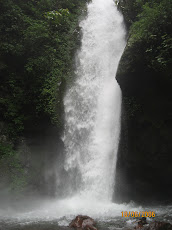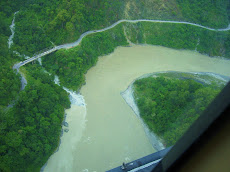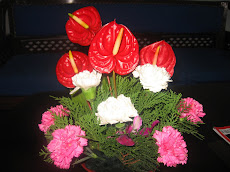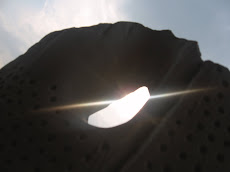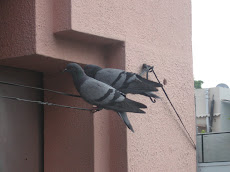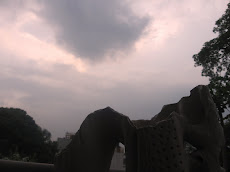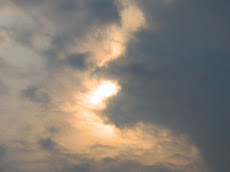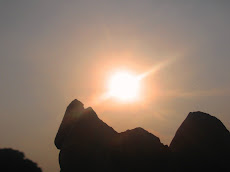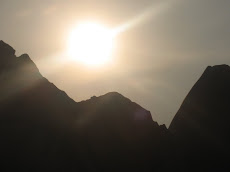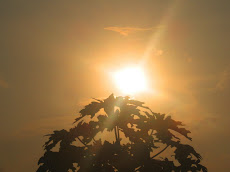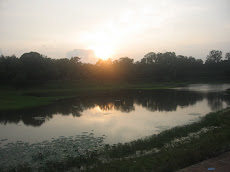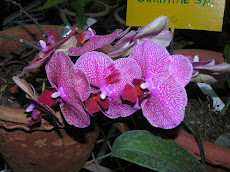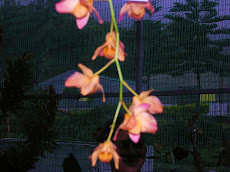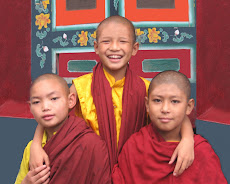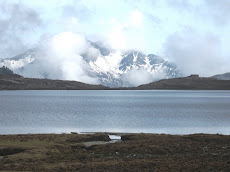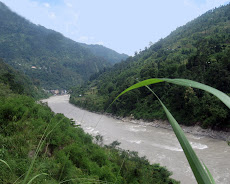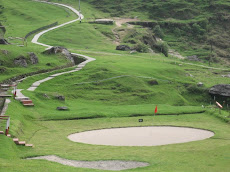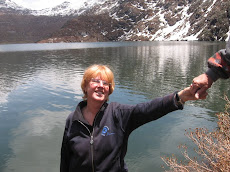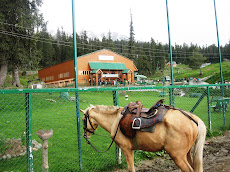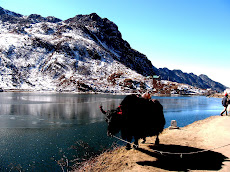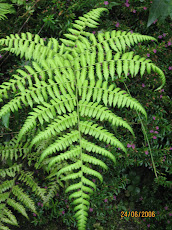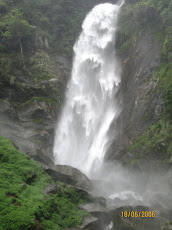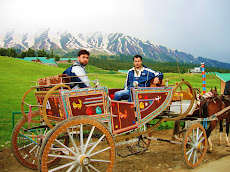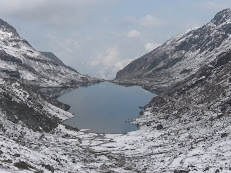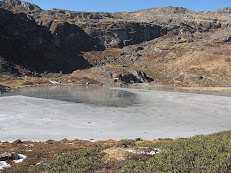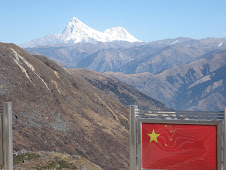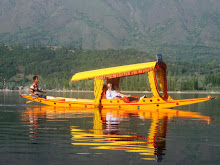Monday, December 24, 2012
SOCIOLOGY MATTERS
Thursday, December 6, 2012
Surya Namashkar at Mukteshwar
Interface with the staff over a cup of tasty tea reveals that we are in an extremely nice setting as far as witnessing an early morning glow was concerned. It was but natural that fellow participants indulge more in nature and adventure related issues rather than the scheduled official visits to two nearby villages: Sunkya and Sunderkhal.
Since scenario at dawn was to be observed, experienced and captured, one was up sooner than expected to come across dark night situation around 4.15 a.m. Hope, I was not sleepwalking. Even at this unearthly hour, the beauty of spacious rooms was irresistible. Despite sincere attempts, one could not catch up with sleep. Perhaps, old age had begun knocking.
Suddenly around 5.14 a.m., one hears a voice or two. One feels as if somebody is up and moving towards large terrace to get the first view. To confirm the same, I leave the princely bed at 5.18 a.m., to eventually find that no one except me is at the sprawling terrace. After a quick recee, Shetty is woken up in view of his request prior to dinner. Punetha almost refuses to be disturbed in spite of showing adequate interest on arrival. Deshmukhs and their Maharashtrian brethren sporting thermal ware, jackets and woolen skull caps, however, are ready to have a pleasant date with nature. Dr. Kanan despite his advancing age, too makes his presence felt with his ever smiling life partner.
Within a few moments, some more people join us, a few with spouses in tow, others, all alone. Most of them are armed with latest cameras, while a handful decide to shoot with cell phones. In sum and substance, all are interested, involved and eager. Before the actual ‘ball’ emerges over the horizon, we take shots of pinkish glow over sky, close to China border. The border is not visible as such but one believes so, based on inputs of Dinesh and Himanshu, active and friendly Faculty Members of Nainital Academy. While I concentrate on the point from which sun was to rise, Shetty meticulously captures a peak resembling a Shivling.
The wait finally gets over at 6.02 a.m. The all pervading and powerful, source of all energies, Sun decides to rise. Initially it is a small reddish ball, soon to transform into reddish orange colour. The tip of the ball becomes slightly bigger in no time and the simultaneous light over the four peaks- Trishul, Bandarpoonch, Nanda Devi, and Panchachuli is simply awe inspiring and mesmerizing. While one group captures sun rise in the front, other one concentrates on the range to our left. We are more than convinced about the nomenclature of the snow covered peaks based on reflection of sun at this time of morning. Each one was blessed on relishing a truly glorious and spectacular sight. Who will not flash a winning smile on seeing such colours of joy?
While the sun is rising and moving steadily, its sparkle and redness multiply. Being lost, no one takes attention of hot cups of teas faithfully brought by the bearers, even though one has to brave rather cold conditions at a height of 7,000 feet. I, nevertheless, do not forget to put an empty cup over a low pole and use the same as a shield or front to attempt an unusual shot. The momentary pleasure surely was going to have a good impact and make our day more fruitful and interesting, than expected. This is why, even when the whole complex is bathed in sun shine, some of us are still capturing the Sun God from behind the bushes and trees. A few also trek on the right side hill to get a different and more commanding view. Attractive flowers of various shades and sizes get relegated to the background owing to the photographic spree focused on sun.
While returning to room, one is rightly reminded of similar clear and remarkable sun rise witnessed in November, 1999 at Tiger Hill, close to Darjeeling in the green and more fragile Eastern Himalayas. Two are comparable to some extent only, as latter had a much wider reach and canvass, including rare views of Mt.Everest, Mt.Khangchendzonga and several snow capped peaks located above 22,000 feet.
Before performing the usual morning rituals prior to a village visit, I do not forget to relate one more memorable brush with the rising sun to DT and CB. One did not have the normal camera but I suppose the one in cell had captured the essence of candid photography. In addition, snaps taken from other cameras were also going to serve the desired purpose. Thus I console myself and get ready for the day upon feeling more energetic and relaxed.
Monday, November 26, 2012
BEE ONE, LUMSEY
It’s a relaxing September Sunday morning at AIS Colony, Lumsey, Tadong (5th Mile). There is a bit of chill accompanied by occasional drizzle. While I reluctantly agree to scribble the fantasies of my never say die hubby, old faithfuls Tommy & Baily and our friendly neighbor walk into the eco friendly and green sit out having two attractive yellow benches. Upon settling on a parapet, Tommy looks straight into the green valley downhill. RPG, on the contrary, is all set to flaunt his new haircut. What a pleasure it is to see a ‘young man’ of 65 years with semi jet black crowning glory. No doubt, it is not a match with the black colour of the office diary kept on the bench or for that matter, black Samsung held tightly by him or the black Bolero of one and only Y factor.
Friday, November 23, 2012
JNU Beckons
Magic of Broadway
Sunday, November 11, 2012
Wednesday, July 25, 2012
Rajesh Khanna: End of an ERA
Saturday, March 24, 2012
Chambal Crocodile Sanctuary
Decision to visit this prime biodiversity spot was a delayed one. Every one swung into action in limited time after relishing a relaxed lunch. Though weather was pleasant on reaching Sason Bridge around 4.45 pm, there was no clue to get down. Ajay Singh, PSO, in the meanwhile did mention about frequent assembly of large sized fish and crocodiles right below one temple dedicated to Lord Shiva. One km downstream, it was on the other side of the river. One lost no time in taking good shots of the clean and wide river in the fading sunlight. A bird akin to Owl but smaller than Eagle frequently and very romantically flew here and there, without giving any chance to shoot. A cousin of his was spotted very close to our dwelling place in Etawah a fortnight ago.
Immediate contact with the Circle Officer of Chakar Nagar through local police and Sri Manish, SDO, Bharthana(otherwise preoccupied with the sudden appendicitis operation of his son) ensured arrival of Sri M.S. Beg, SI, Chakar Nagar PS and his five armed policemen within 25 minutes. Not only they were familiar with the terrain but they had also summoned Sri Jaikishan, the Forest Dept. Motor boatman. Interaction with them revealed that they were more than eager to take us for a ride to the crocodile country at Jagtauli (8 kms away). A previous exposure of this kind to some other friends three weeks ago was going to be handy.
After a drive of half a km on a bumpy forest road through the mazes of ravines, we reach very close to the Chambal River. A wait of 15 or 20 minutes follows, still there is no trace of Jaikishan. We utilise the occasion to take a short walk on the green meadow on the bank and in appreciating sand formations below the crystal clear water. A few birds are spotted doing some exercise. Beg and his associates inform that sand as well as water of this place is very sought after, so much so, that one of the former S.P.’s used to have jerkins of water collected from mid-stream regularly for the sake of his stomach ailment.
Suddenly, we get the rare opportunity of seeing an adult crocodile below the pillar no. 4. Neither he was close by nor far off, but he was oblivious to our presence. Due to distance, although it was difficult to photograph, ripples caused by his graceful movement could be seen for some time. It was a rare sight to behold. We never knew that it was going to be the only ‘sight’ in broad day light.
At last around 5.25 pm, when sun started descending, Jaikishan, our Man Friday appears in his sarkari boat, having got delayed due to non-availability of required 10 ltrs .of diesel. From the word go, we begin questioning him: How many crocodiles are there in the sanctuary? , How far is the sanctuary?, Are we going to see any of the creatures since it was becoming dark?, How are protected species kept?, Was there any difference between the Crocodiles and the Gharials? etc.
On being prompted by Aditya Tiwari, one learns that the crocodiles had to wear a Kara (round bangle of iron) around their mouth, which enables them to attack and gulp only the small fish and that, supposedly, human beings were spared from their possible attacks. While crocodiles are a large long tailed reptile with powerful tapering jaws, the Gharial have very long slender muzzles. JK adds that we were going to see some Dolphins as well after a ride of 5 to 6 kms.
Luck seems to favour us around 5.35 pm when I was aiming at the sparkle created by the setting sun- one by one three crocodiles were spotted on the other bank of the river. At the first sight, we decided to ‘shoot’ at them with whatever photographic apparatus we had, though visibility was not very clear. Next option of taking the boat close to the bank was also exercised. Inevitable, however, happened and the crocodiles in question hid themselves below the water, sooner than expected. We had to be satisfied with what was in store.
One also saw a group of white cranes, multi-coloured cranes, snake birds, peacocks, Surkhav, a red coloured bird and a bird with a prominent cap. The last named gave ample ‘opportunity’ to be shot but somehow, we had a miss. It was interesting to hear, however, from Amit at this juncture that Charwa, a hefty animal of the size of a lion frequented this area and that the widely prevalent jackal was not lagging behind in destroying the crops.
As it was getting dark, we pass very close to Mithali village. Everyone was relishing the sunset so much so that stillness of the deep water did not attract till one of us decided to taste it. JK added to our information bank by whispering that depth of the river over here was 5.55 metres.
What a wonderful sight we saw next once again on the left bank. It was soothing mustard field against the brown and green background of the ravines, thus creating a brilliant reflection. Very close by was the Shyam Baba ka temple, once again dedicated to Lord Shiva. The depth of river had increased to 10 metres, by now, as per JK.
As if the sight of soothing mustard field was not enough, we were blessed with a marvellous view of one peacock walking leisurely on the bank. Oh yes, it was not alone, there was one more slightly away, may be its pair. They seemed to be in romantic mood. Fresh photography was resorted to when we saw green fields once again on the bank. Reflection was more mesmerizing than the actual object.
When attention was being taken away from the crocodiles, it was the turn of Dolphins to enter the fray. Around 6.05 pm before we pass by Kela village, JK shows three of them pursuing their playful antics in water while coming out to have a breath of fresh air. Though we could not figure out their appearance and size, ripples caused by them in otherwise stagnant water were sufficient to mark their dominating presence in close vicinity.
By 6.10 pm we enter the sanctuary area at Jagtauli. As water was stagnant here, depth was reported to be 10-12 metres. Despite our prayers, no crocodile could be seen on the vast beach. Ideal time was reported to be between 12 noon and 4 pm. The isolation of the place, together with the depth of the river had made it a perfect setting for the breeding and nursing of the crocodiles.
To satisfy our urge, therefore, we looked for them on the small green islands. They were not there as well. When we finally left the boat to walk on the green right bank, all of a sudden, JK pointed towards ripple in the water, very close by. The crocodile over there did not appear to be in a hurry as compared to his previous ‘friend’. The view was better and closer but darkness was a hindrance. Within five minutes we were lucky to see another one. We did not leave the place immediately, though there was no hope to have another ‘sight’. By breaking ourselves into sub groups, we began exploring the area. This crocodile centre having a population of over 200 crocodiles and 1600 gharials was only of its kind in the country. The rare Ganges river Dolphin, the sole member of the Cetaceans group was reported to be one of its most prominent attractions. In addition, 150 species of birds are also sighted here.
The stories of Phoolan Devi, Seema Parihar, Kusuma Nain, Rajjan, Lovely, Salim, Nirbhay Gujjar etc. all dacoits, who used to throng the place once upon a time during their transit, keep us occupied after we were free from the natural wonders of the sanctuary. One has to hear their tales, as primarily due to their presence till the seventies, this wonderful habitat was not exposed to the outside world.
Before it gets really dark, a glorious moon rise over the east bank, in a way, gives us a befitting farewell. It was a pleasure to photograph it from the colony of crocodiles as also the boat when our retreat to Etawah begins. No longer, it is a hurried affair. All the boat occupants begin to enjoy biscuits and cold drinks to beat the monotony. We do not forget to express our profound gratitude to J.K and M.S. Beg for having exposed us to the pristine river ecosystem of Chambal. In a nutshell, it was quality versus quantity. And quality won, in the ultimate analysis.
Tuesday, March 13, 2012
Taj, You cannot have enough of it
Cameras begin clicking almost immediately, so much so that the first few shots have to be ultimately reviewed and deleted altogether. Why shouldn’t we take advantage of rapid digitization? The touch pose by raising one’s arm and ‘placing’ the same on top of Taj was the most prominent one, followed instantly and religiously, almost by everyone.
A foreign couple (forty plus lady sporting a backless halter gown) and their jeans clad Indian counterpart were frequently spotted. They made no mistakes in getting noticed and leaving an indelible mark. Expectedly, young couples from the length & breadth of the country were there to grace the occasion. Children & tiny tots did not lag behind in posing for the camera. The group (100 odd), however, which convincingly stole the slow comprised of fresh tall recruits of the BSF. It appears, they were feeling liberated from long and tiring election duty recently. High spirit, therefore, was all pervading.
At the traditional posing marble bench, there was a complete jam, so much so that one had to wait for one’s turn for nearly 15-20 minutes. It was worth it as you do not visit Taj every day. And the sun light was picture perfect. It was festive spirit that dominated.
While Indians by and large would begin shooting at the drop of hat, the foreigners in general would look, stare, admire and thereafter aim and shoot. Most of them if part of a group, would listen attentively to the live commentary (in the language they understood) delivered by the professional guides. Latter, invariably would come out with a yanky accent, while reiterating the grand old tale of the Emperor Shahjehan and the Queen Mumtaj Mahal.
An interesting snap session of a South Indian daughter & son-in-law, meticulously “conducted” by a father with photographic bent of mind reflected the overall change in the attitude in respect of portrayal of love in public places. Father was excited no doubt, but the mother could not suppress her traditional outlook even when affection and exhilaration had their way.
The monument built in 1653, per se, is so grand, imposing and massive that it is almost a two kms walk to cover its 42 acres. And one does not feel tired. Rather, one relishes it. It looks the same from three sides- East, West and South. The north view, one cannot see because of partly polluted Yamuna at the rear.
Carvings, inlay work and calligraphy on all sides are not only gorgeous. They are outstanding masterpieces. The beauty of minars can be admired only when you get closer. There were no architects, no civil engineers, no aesthetic consultants nor steel was used six hundred years ago, yet, such a fine specimen of architectural rationality saw the light of the day after a labour of love of twenty thousand workers for twenty two years.
Traditional reflecting pool view of 81 feet high Taj is definitely admirable but the view from inside the main gate or from one of the jumbo gates on the bank of Yamuna, simply defies description. Not only you are spellbound but you feel like meditating. You do not think of anything except Taj. The experience acts like a true stress buster.
All the talk about change in the colour of Taj from white to yellowish cream is hogwash. After two hours of close look, it can be safely concluded that the marble marvel is still not only sparkling, but it leaves you simply flavorgasted.
Surroundings of Taj and the main courtyard are spotlessly clean. Scene around the ticket windows, however, needs face lift and decongestion. The approach road is much better than what it was a few years ago. However, the city police have to do its home work to regulate traffic properly. Coming to conveyance, apart from the cycle rickshaws, introduction of camel carts and battery vans operated by the A.D.A. from the parking lot is eco-friendly and sustainable addition. Besides taking care of environment, these also act as great levelers.
Taj can earn more money for the country if it is more aggressively sold and the touts, agents and the transporters are systematically regulated, if not eliminated. Only upkeep and non-penetrable security won’t do. The access to the Taj also has to be clean, presentable and non-cumbersome.
My fourth visit was not exactly “satisfactory” as you cannot have enough of Taj. At the end of each visit, one vows to come again.
Monday, March 12, 2012
Sunday, March 4, 2012



ETAWAH KA BULAWAH
Relatively unknown District of Etawah appears non-descript till you actually plan a foot fall. Surrounded by Agra, Firozabad, Mainpuri, Kannauj, Auraiya, Jalaun and Bhind (MP) Districts, it is not far off from the ultimate tourism destination of Agra (120 kms), princely state of Gwalior (110 kms), epicenter of bangle industry, Firozabad (50 kms) and Shan-e-Awadh, Lucknow (250 kms).
Infinite patience helps when journey is long even if one has access to the latest Japanese SUV, moving at a dumbfounding speed of 90 kms per hour. The first break after three and a half hours enables one to avail of public convenience in addition to a quick bite of two varieties of parathas (potato and paneer) and curd. Before the belly is filled up, a walk at a leisurely pace looking at road side villages cannot be resisted.
Famous for Rabri, Peda and its gun loving populace, of late, the vibrant Sub-division of Saifai has added fresh feathers to Etawah’s cap by making possible super speciality medical care, world class sports centres, plethora of educational institutions and a 2700 metre long ‘uncontrolled’ aerodrome. Other notable townships-Jaswant Nagar and Bharthana, surprisingly, are lagging behind. The overall prosperity reflected from the upgraded infrastructure, however, does not seem to have made any dent on the sanitary standards and attitude towards the fair sex.
On reaching our abode for one month (in two phases), one gets an impression that this was the place where one could relax, unwind and regain one’s peace of mind. While chirping of countless, colorful birds touch your heart, you also have a chance to watch slow and graceful walks of Crocodiles, Peacocks, Barasingha Deers and Nilgais. Existence of natural wet lands and pools of water due to spill-over from the tube wells, has, perhaps, led to proliferation of fauna if not flora. You are privileged to see everything: Parrots, Eagles, Cranes, Wood Peckers, Snake birds, Pigeons, Black & Brown Crows, Crows with long tail, Koels, Mynahs, Neelkanth, Dhaurayyas, Titar, Mahuka, Gulgulia, Chanduls and Swans. Resultantly, one feels as if the whole place resembles an open, unpolluted and undisturbed sanctuary.
The very first outing takes you to a different world. If Mustard fields are stunning, those growing Potato, Garlic and Wheat look enchanting to an urban dweller. The healthy growth of Sugarcane reminds one of one’s childhood, when there would be scramble between the Siblings for the best ‘cut-piece’. In the vast ‘ocean’ of green fields, there are alkaline ‘islands’ (Usar land) as well. Chemical treatment makes such plots worthy of wheat cultivation.
The Sumer Fort area (originally built 1100 years ago) lures you with its unusual beauty and green landscape in the backdrop of often talked about ravines. While Yamuna is right across, Chambal is barely 10 kms away. Former, despite attracting birds is as polluted as in Delhi. Latter looks somewhat clean and calm. A motor boat ride on the river ahead of Hanumantpura takes you to an exhilarating interface with crocodiles looked after in a sanctuary.
In the glaring light of the mid-day sun, gradually you see baby crocodiles basking and relaxing on the beach, while the adults enter blue deep waters in search of some ‘catch’. The Swans, Cranes and Snake birds do appear every now and then. While they enjoy, they enhance the beauty of the surroundings. The best way, however, to have a feel of the place is to leave the motor boat and walk slowly along the bank to relish the moments of solitude.
The Chambal river has been witness to tales of valour and miseries associated with the dacoits, many of whom turned to kidnapping before withering away. Their influence over the ravine villagers has been full and complete, so much so that either the latter would not vote or exercise their franchise according to whims and fancies of the former. During the recently concluded elections, the scenario, however, was positive (60 %) and reverse.
Coming to the look or the effect of Sun, while its rise from the Fort can be awesome with cool breeze blowing from Yamuna, its ‘setting’ behind Chambal river is equally breath taking and mesmerizing. You simply draw incalculable pleasure out of the gradual ‘slide’ of the ‘red ball’. The sight of rise of Moon with a twinkling star in close proximity is also something one can concentrate upon, almost every evening. Such experiences give you comfort and courage to forget your stress and enable you to move ahead with renewed vigor and vitality in your regular work place.
Saturday, February 25, 2012
Aah or Oh TAJ ?

India’s marvelous marble mausoleum has instant magnetic effect. One of the Seven Wonders of the World and the country’s number one show piece, it is located 200 kms south of Delhi. It is a long, arduous journey, even though one has the privilege to pass through a national highway having four lanes.
My advance reading reveals that only one out of eleven travellers globally visits TM. Nevertheless, 90% of the domestic tourists do not give it a miss. There is a need, therefore, for tourism campaigners in India to wake up and sell this priceless product. They are in dire need of an overhaul.
One is sure of one thing associated with Taj – its aura, charm, mesmerism, the refreshing and soothing effect it has on you- in the morning, noon, evening or a full moon night.
x x x x x x x x x x x x
A fresh opportunity to have a brush with the Taj comes on 18th February. I get down to Agra Cantt. at 11.45 Hrs. from 12808 Samta Express. Approach to the station is dirty and full of poly bags. People defecating in the open, without any regret or shame bring in more of embarrassment. When the train had slowed down, urchins and teenagers were also seen jumping to bogies, presumably for a free ride.
Upon successfully negotiating the congestion in the outskirts, we enter clean parts of Taj city. Good signages but of low height welcome the visitors. I wish uniformity is maintained when it comes to colour scheme or size of hoardings or mile posts. There is a plethora of hotels, restaurants, travel agents and currency exchanges. One can also see riot of colours when bag packer foreigners rub shoulders with local semi-urban populace.
Good sights of the historic city turn out to be a temporary phenomenon. Before sensing a shred of traffic jam, we are lucky to get a glimpse of Taj. The view is better as compared to the earlier one. As a result, six to eight shots are possible. Getting close to the Yamuna was a good decision from photographic point of view but it turned out to be a disaster from the environmental angle. Dedicated and reliable Deepankar accompanying me too nods his head. It seems as if Agra & Delhi are having a cut throat competition to pollute the river. After a drive of almost two kms. one cannot locate any effluent treatment plant.
While being trapped in traffic for more than an hour one notices the following: people lack civic sense, traffic police constables are conspicuous by their absence, noise pollution is extraordinarily high, strong nexus between agents, touts, transporters and hoteliers of different hues results into compromising country’s prestige, people do everything on the road from basking in sun, washing clothes, taking bath to hanging their under garments, etc.
All means of transport, viz, buses, trucks, cars, vans, SUV’s, rickshaws, cycles, scooters, mobikes, tractors and three-wheelers compete with each other for a space on road. Practically every known business is carried out along Jeevani Mandi Road with scant regard to two World Heritage sites.
Before departing, one learns with satisfaction that the magnitude of congestion and pollution in this part is much lower subsequent to some courageous and path-breaking initiatives taken by the District administration and the Supreme Court a few years ago.
ARE THE CONCERNED AUTHORITIES STILL ACTIVE & AGILE?
All said and done, it is believed that second or third visit to a tourist spot or a monument is a friendly encounter. Apart from fine tuning knowledge, it reignites the emotions. I can candidly and confidently surmise that after this visit to Taj, substantial value was added to my cognitive and sensorial responses. At least there was fresh impetus to draw inspiration from one’s heritage and maintain a positive and optimistic approach to move ahead.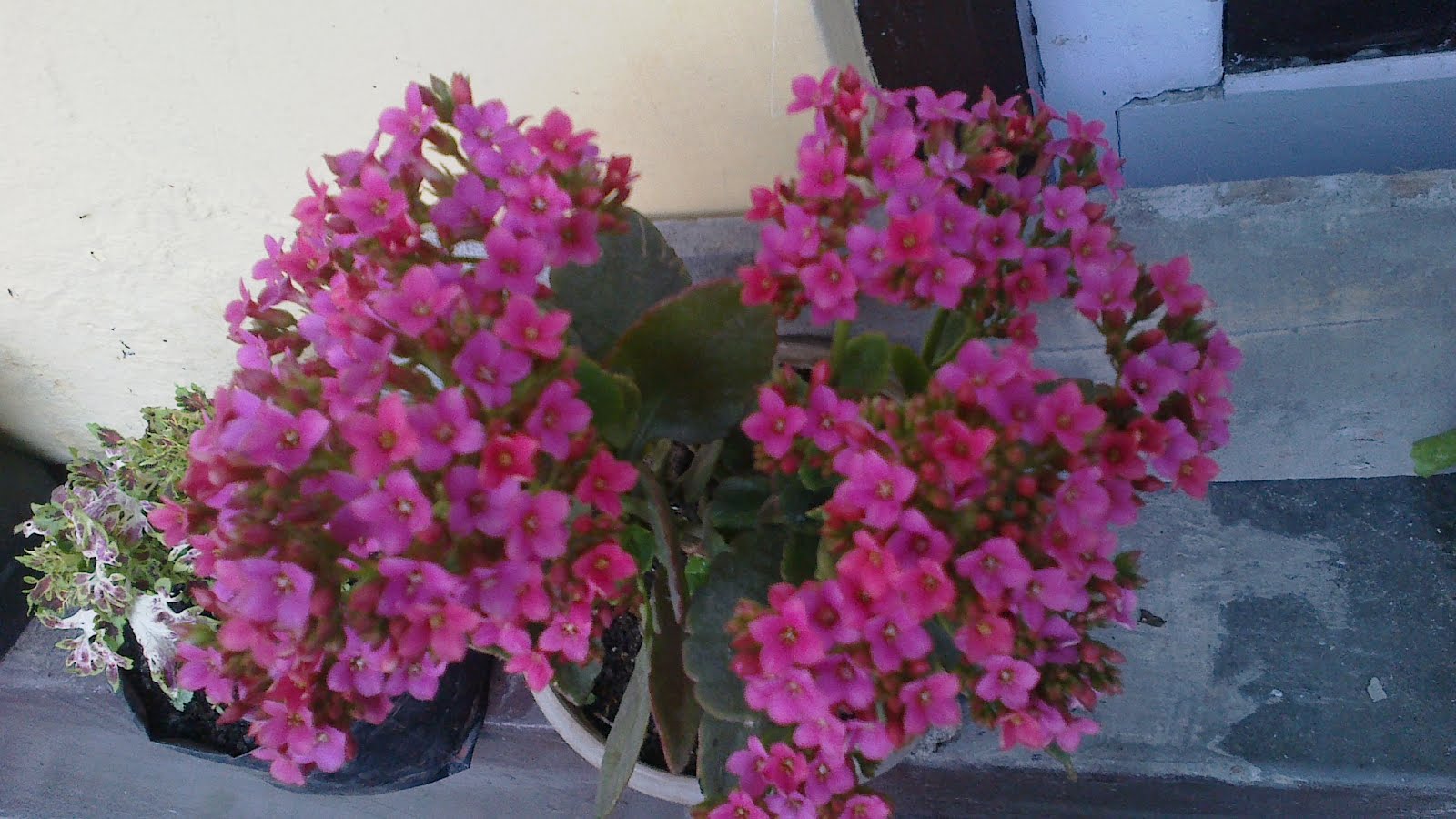



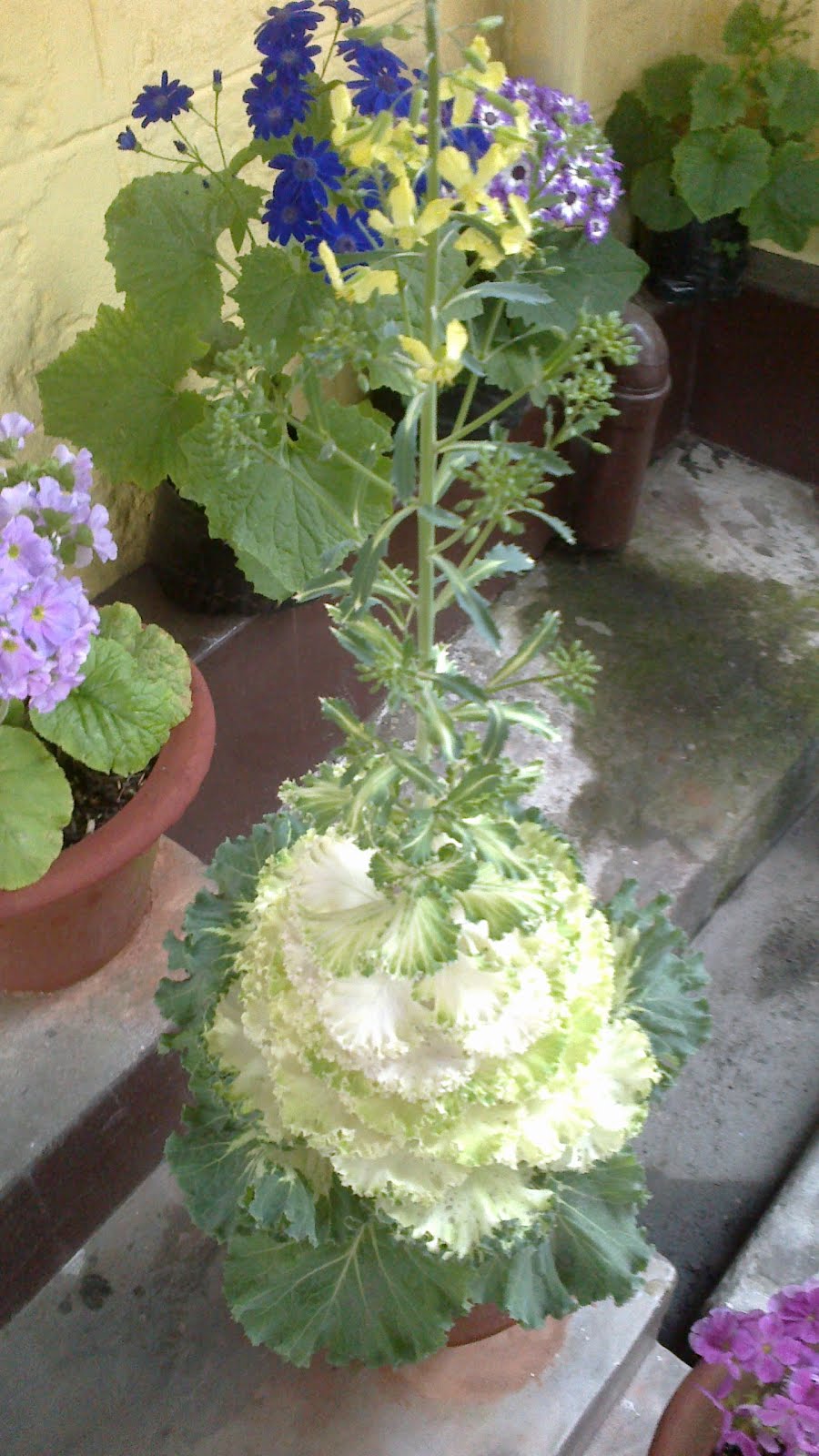
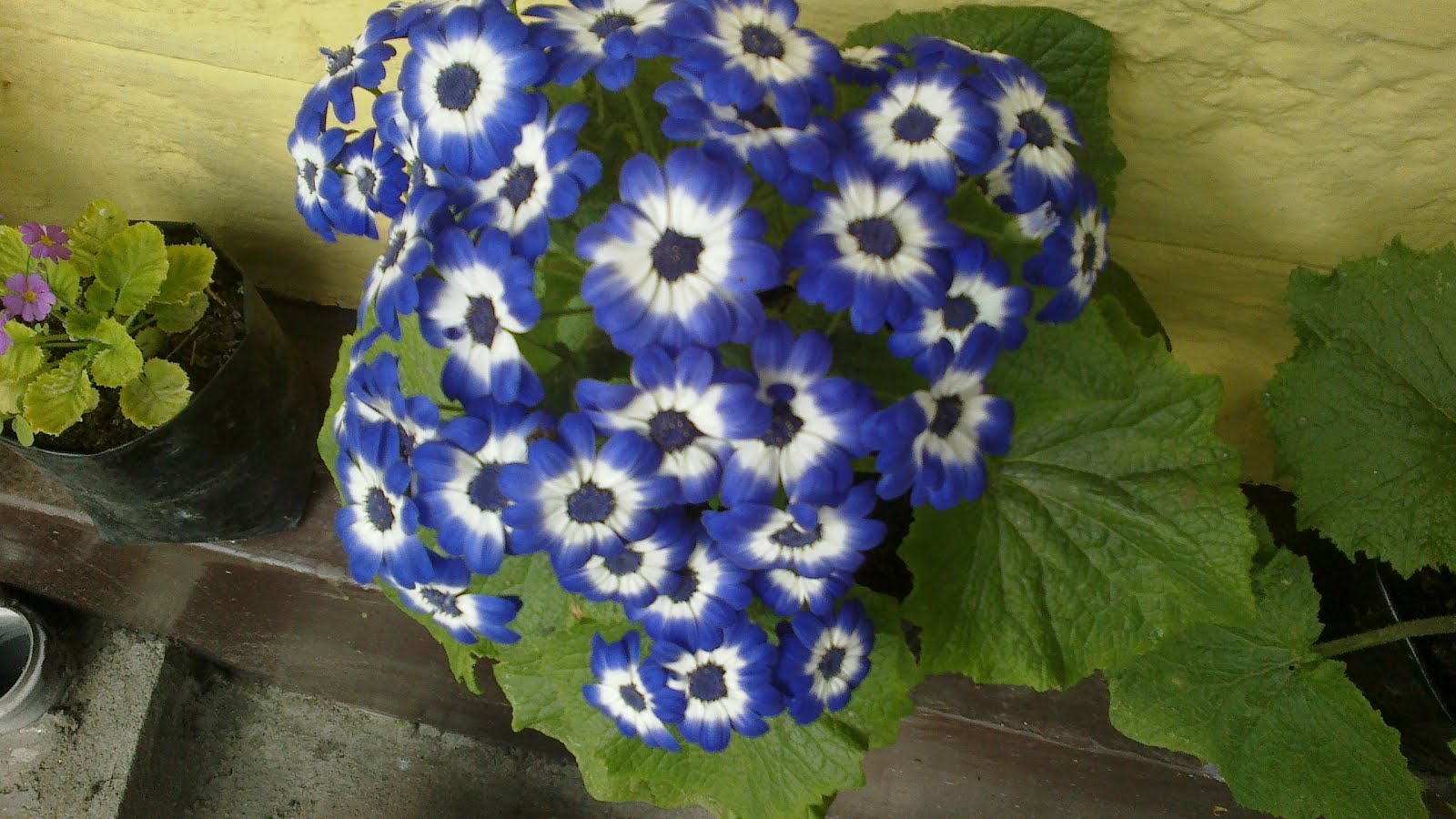
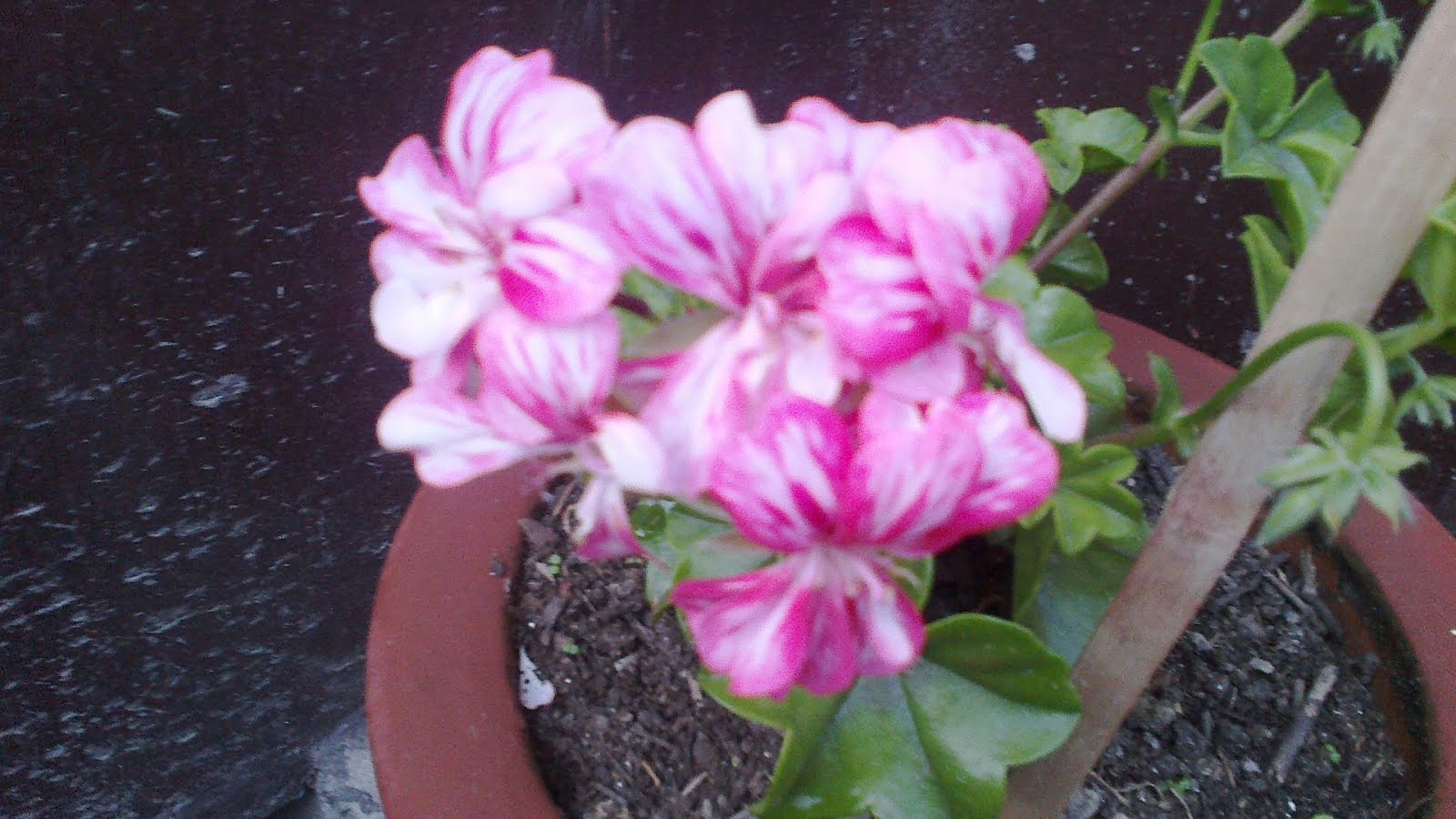
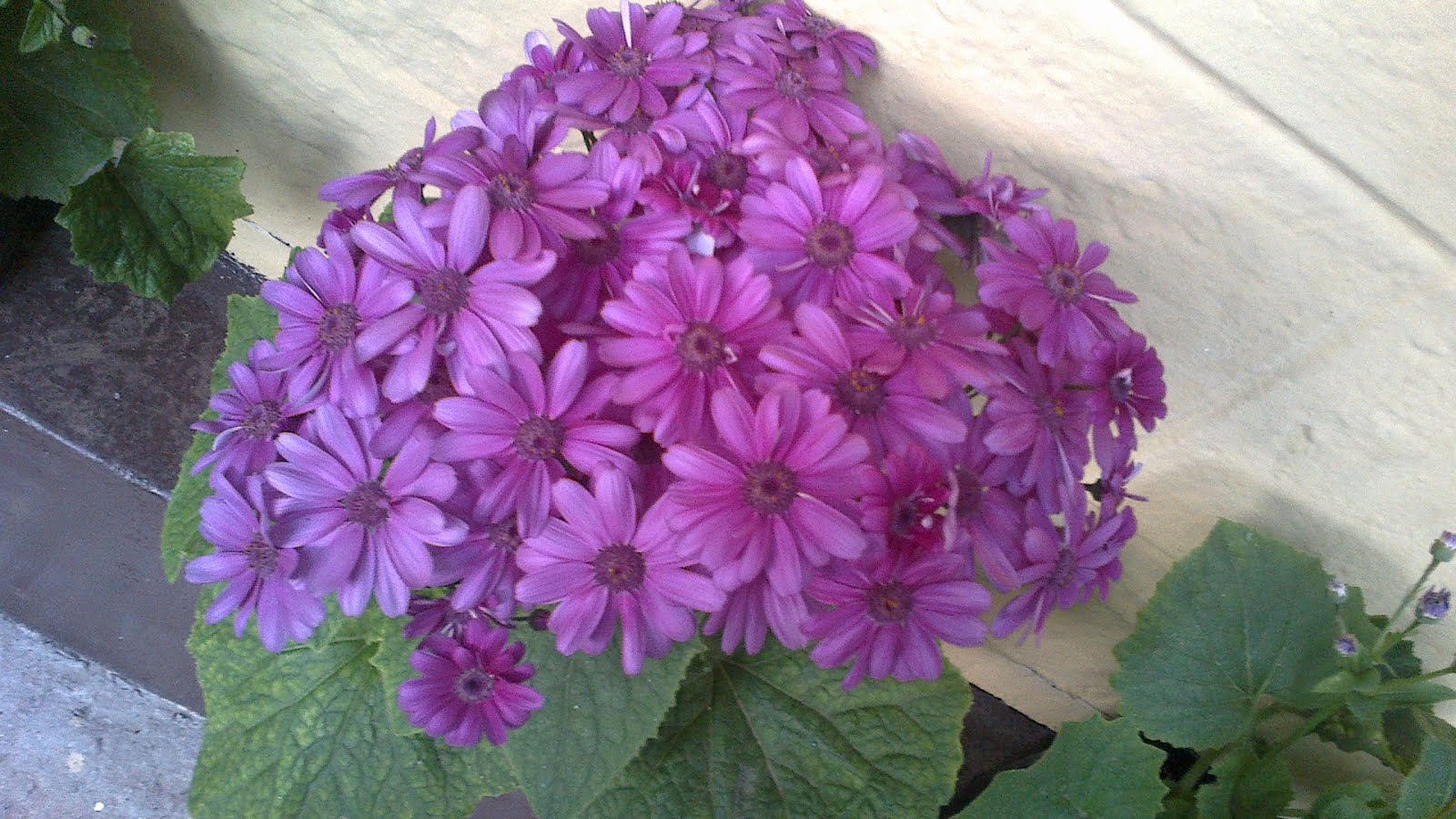
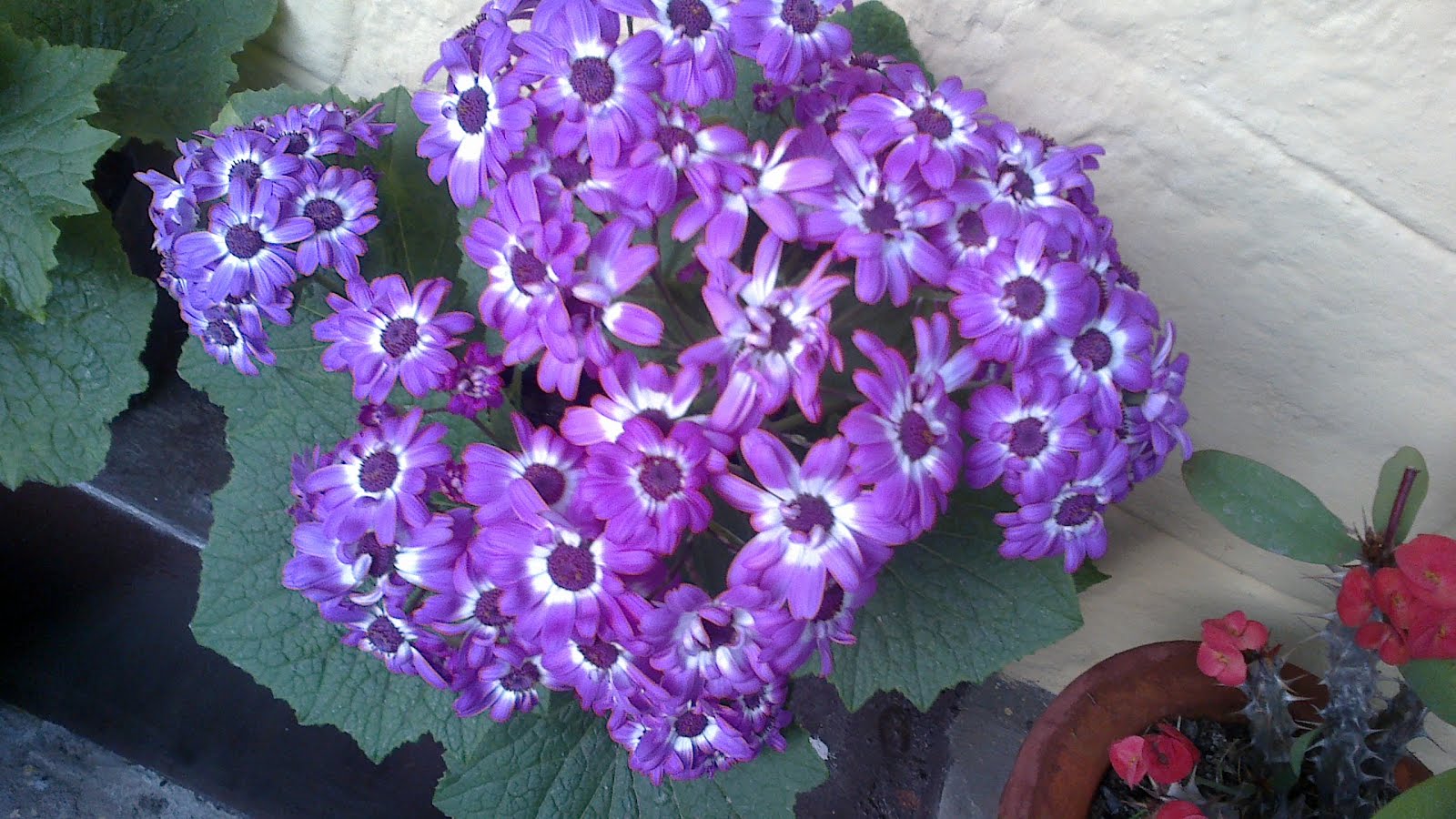






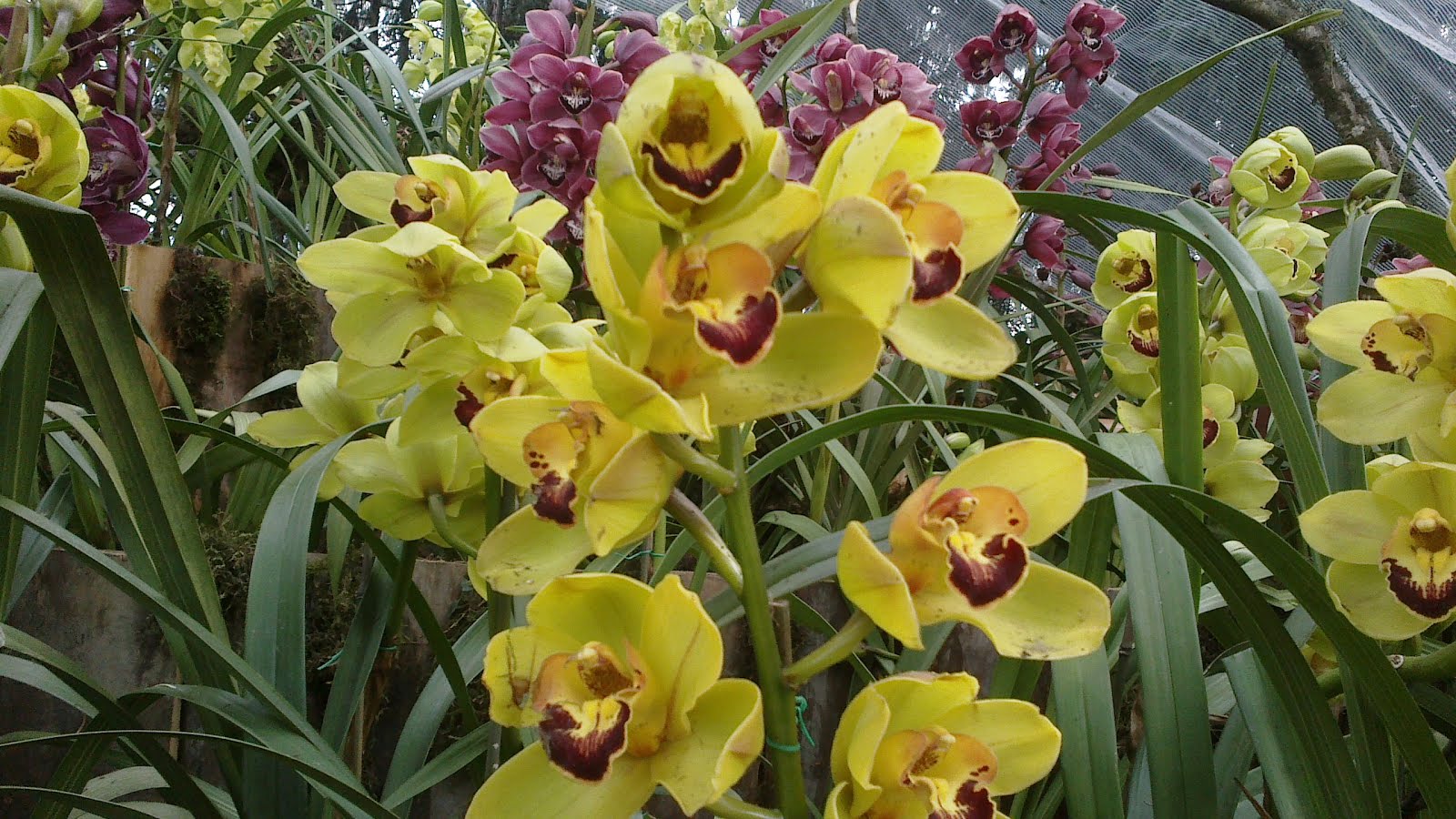

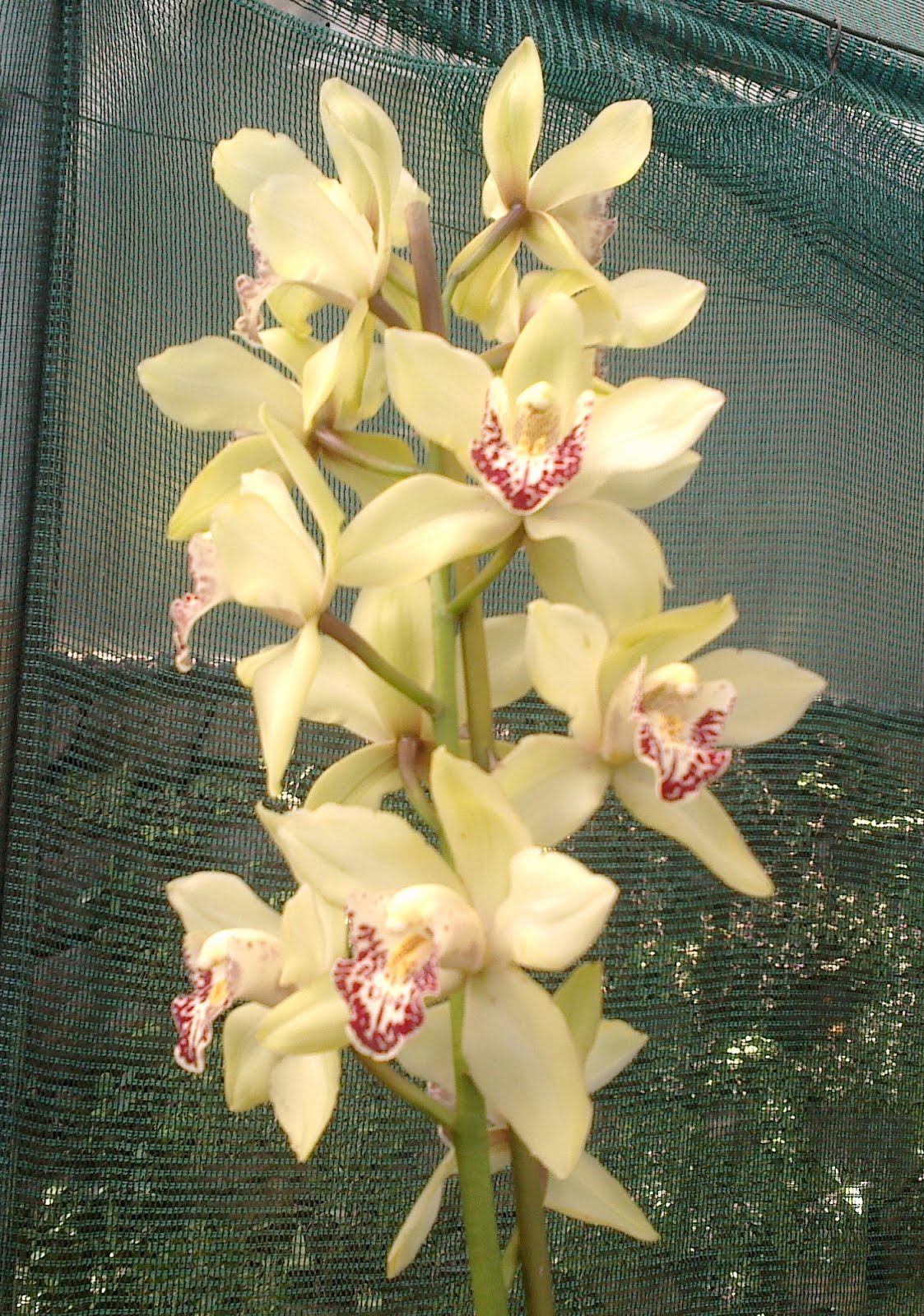
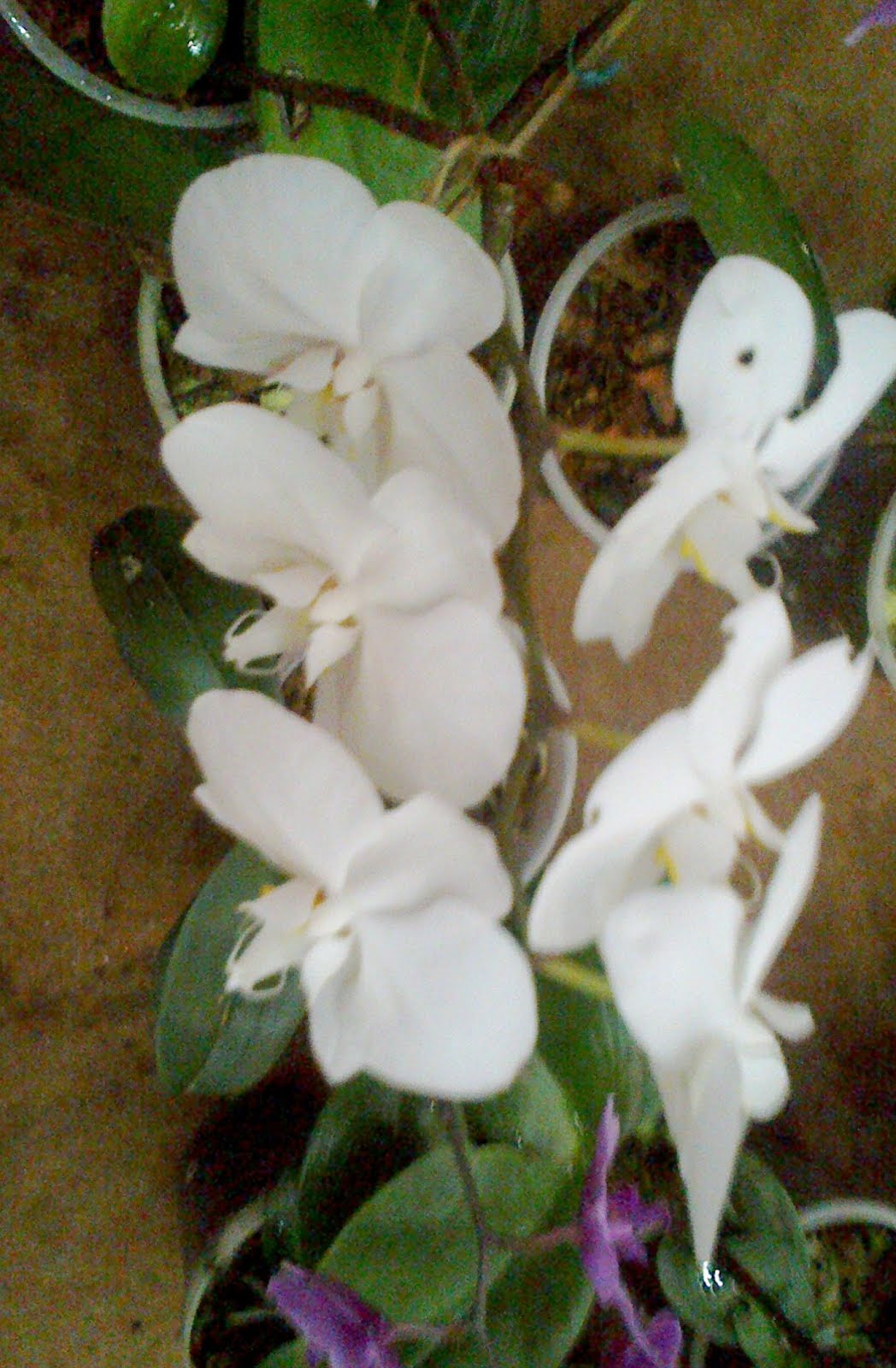


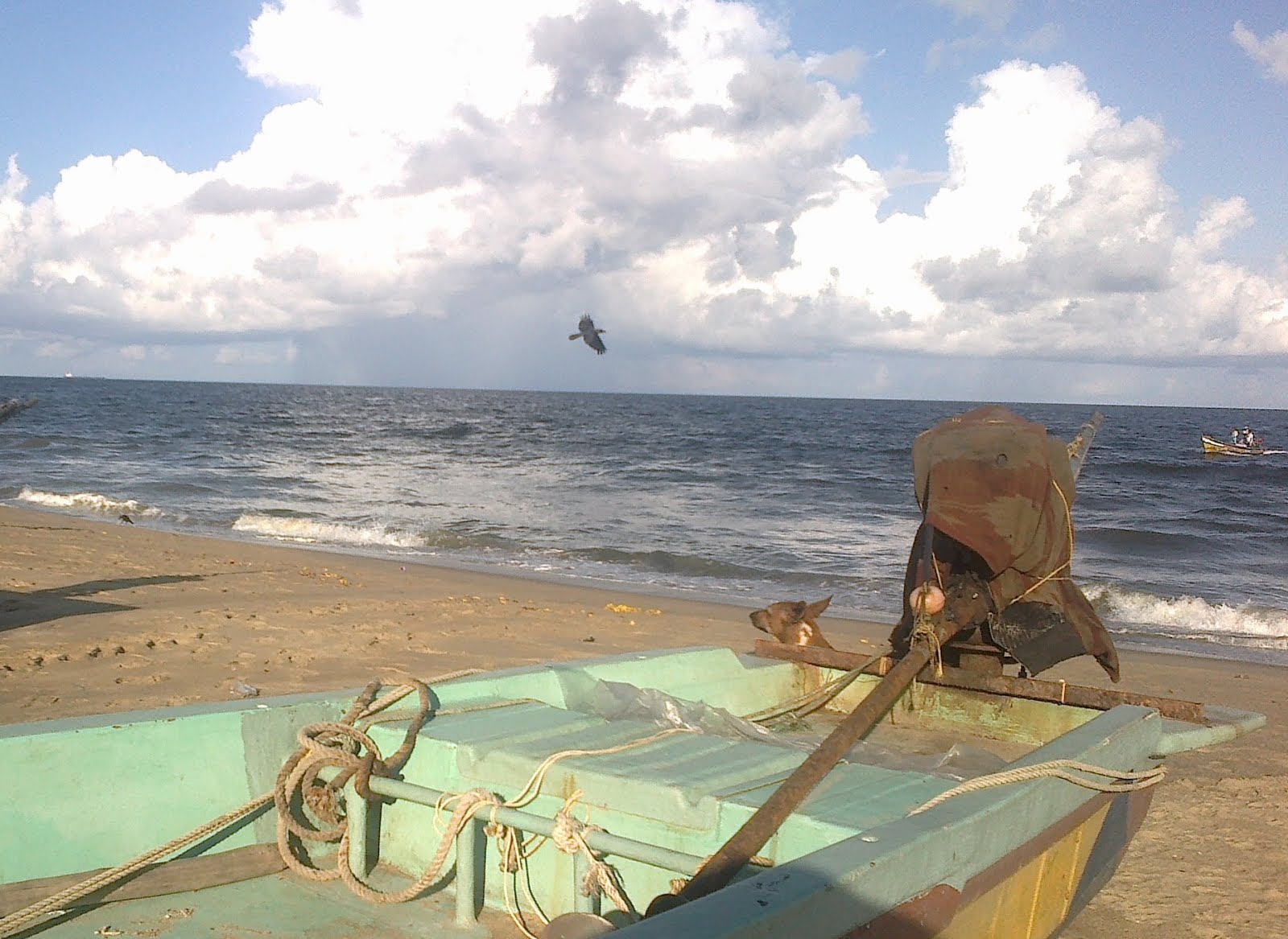


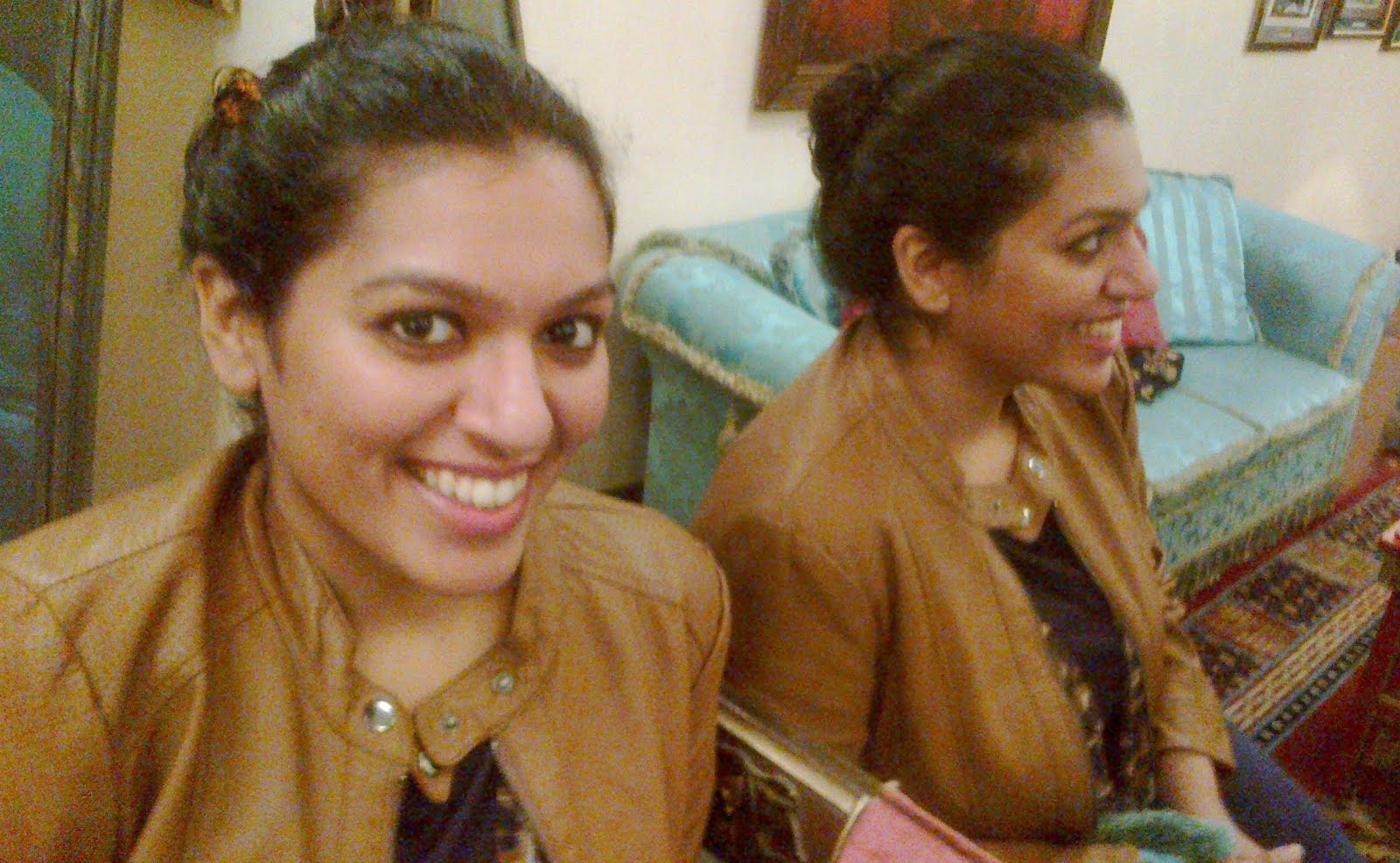

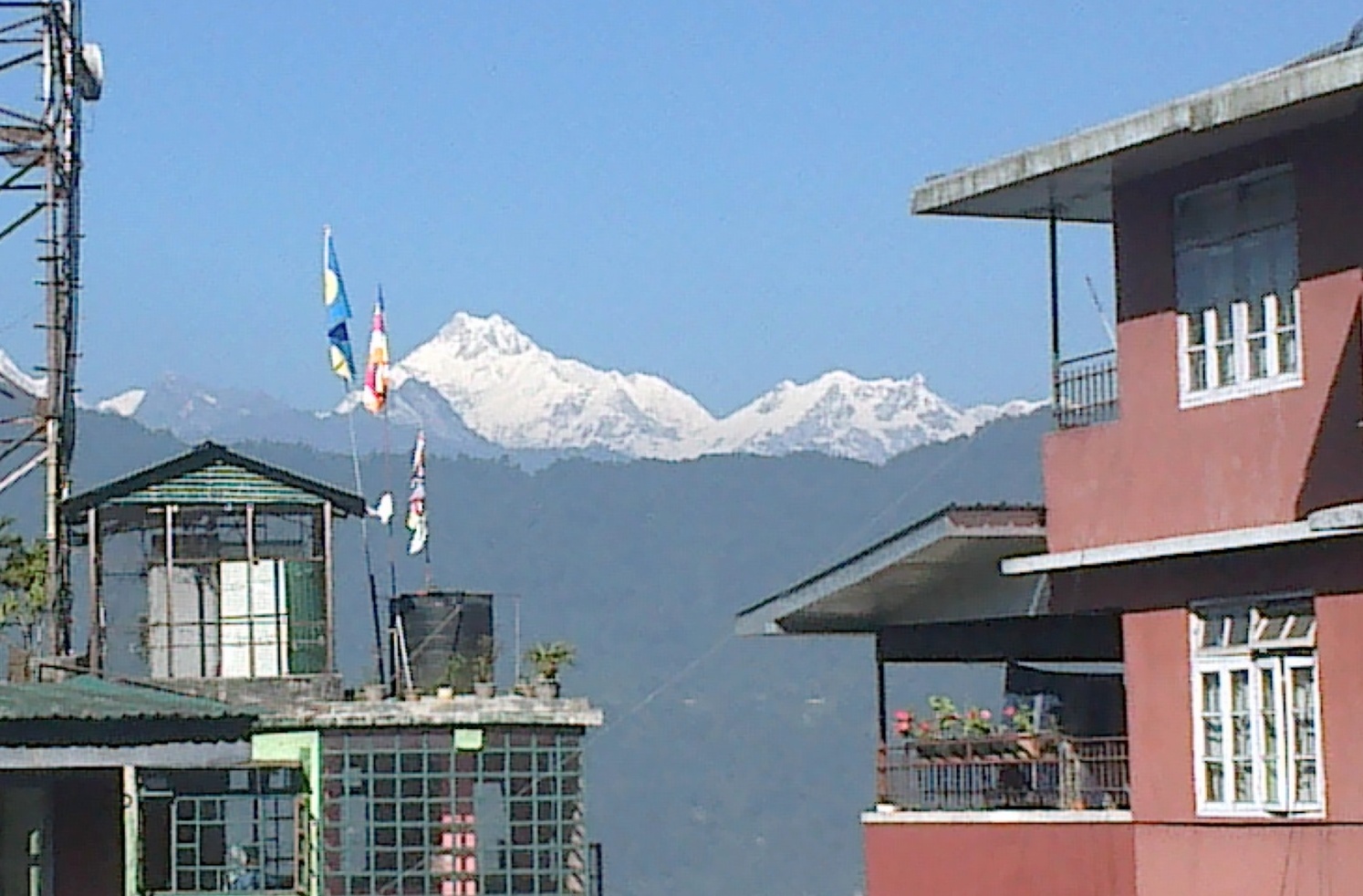



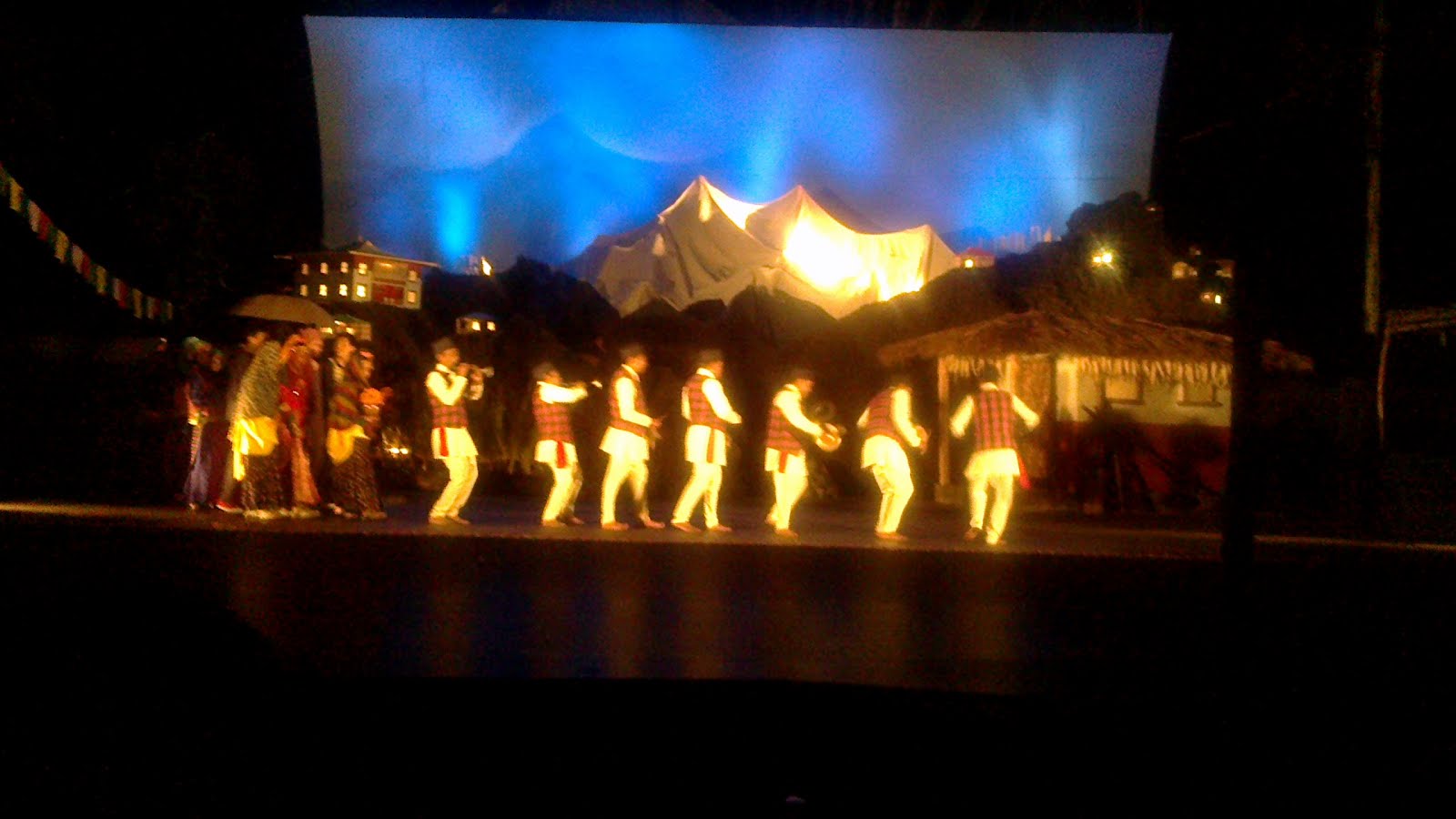

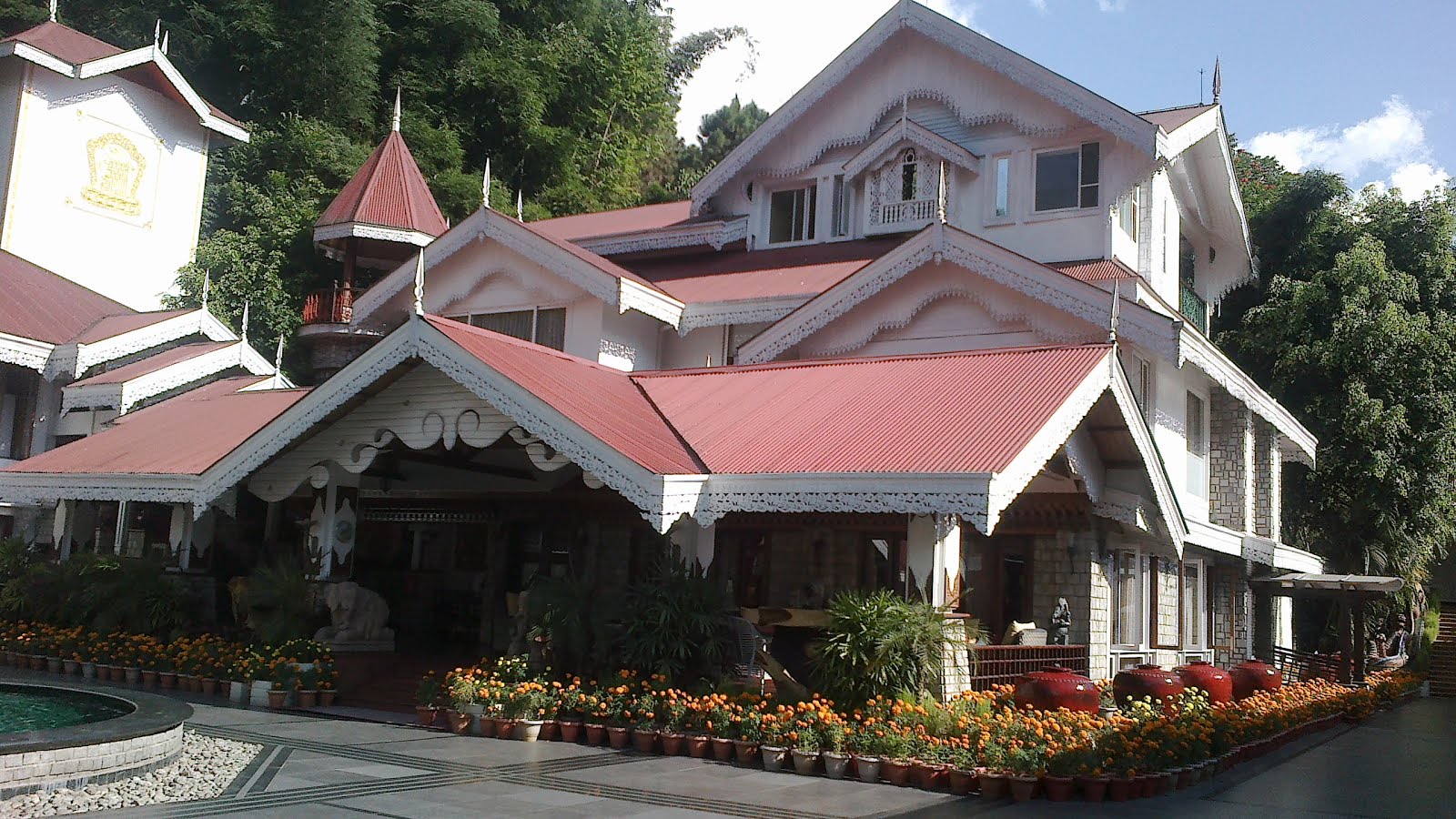
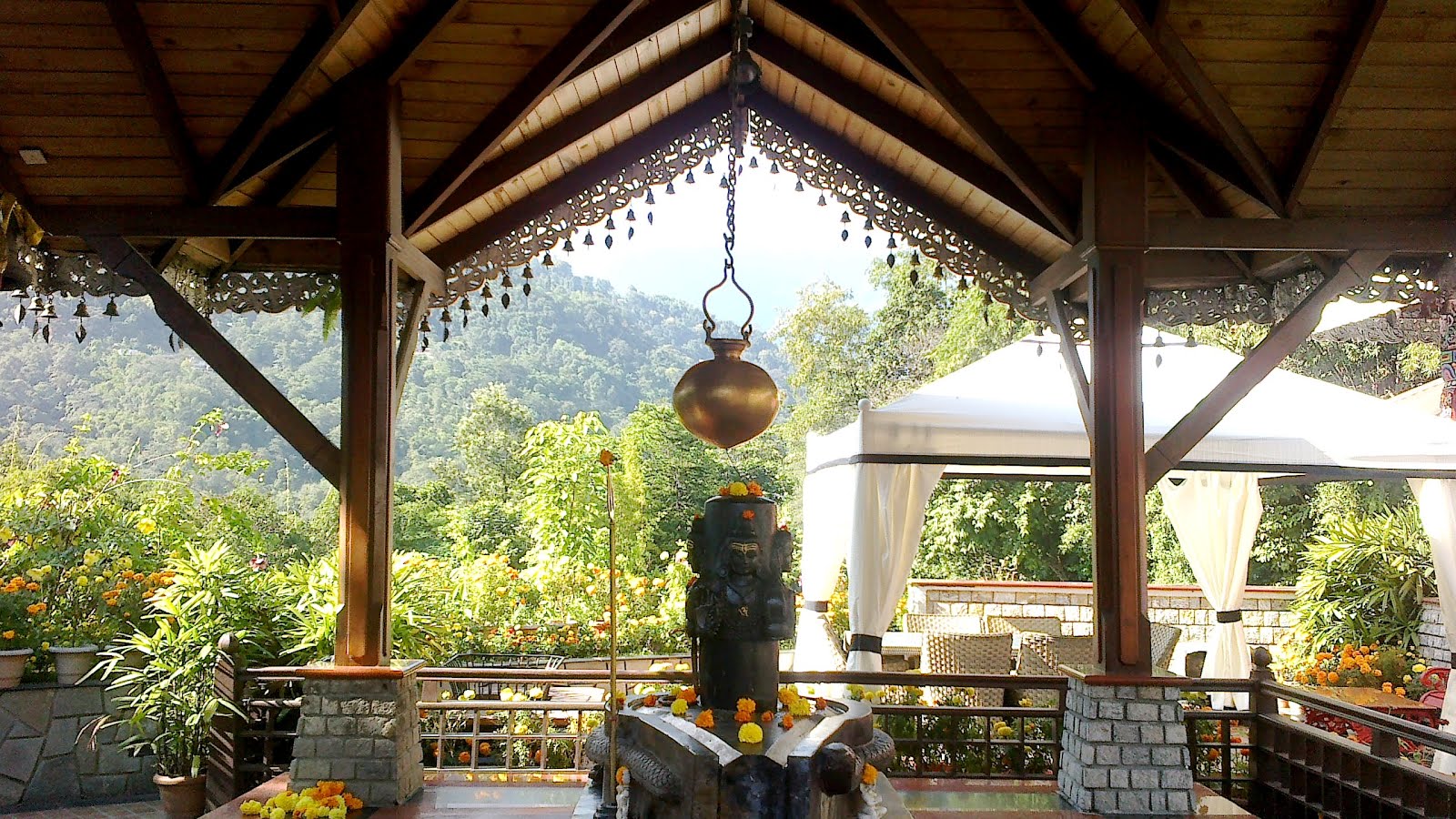
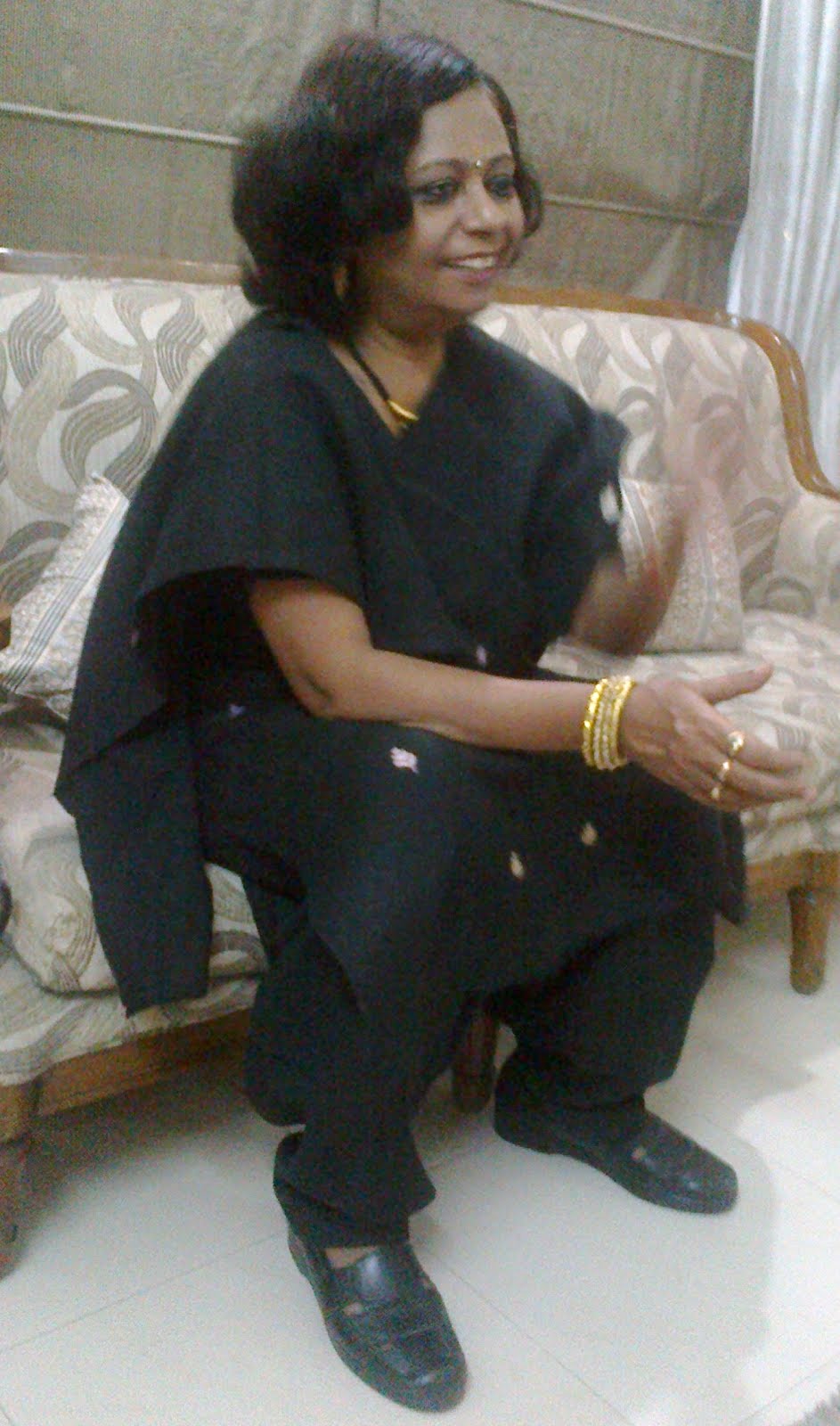


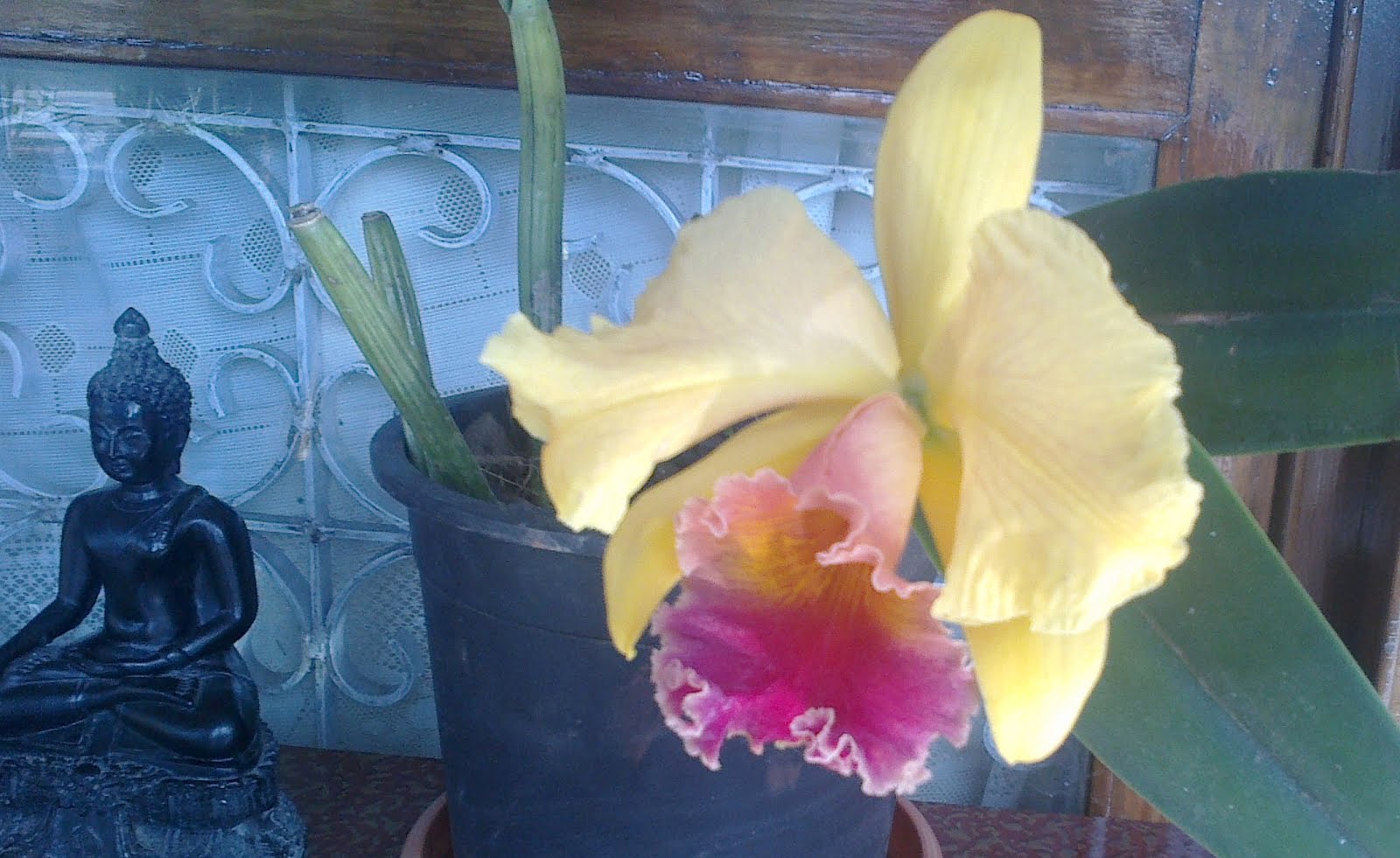


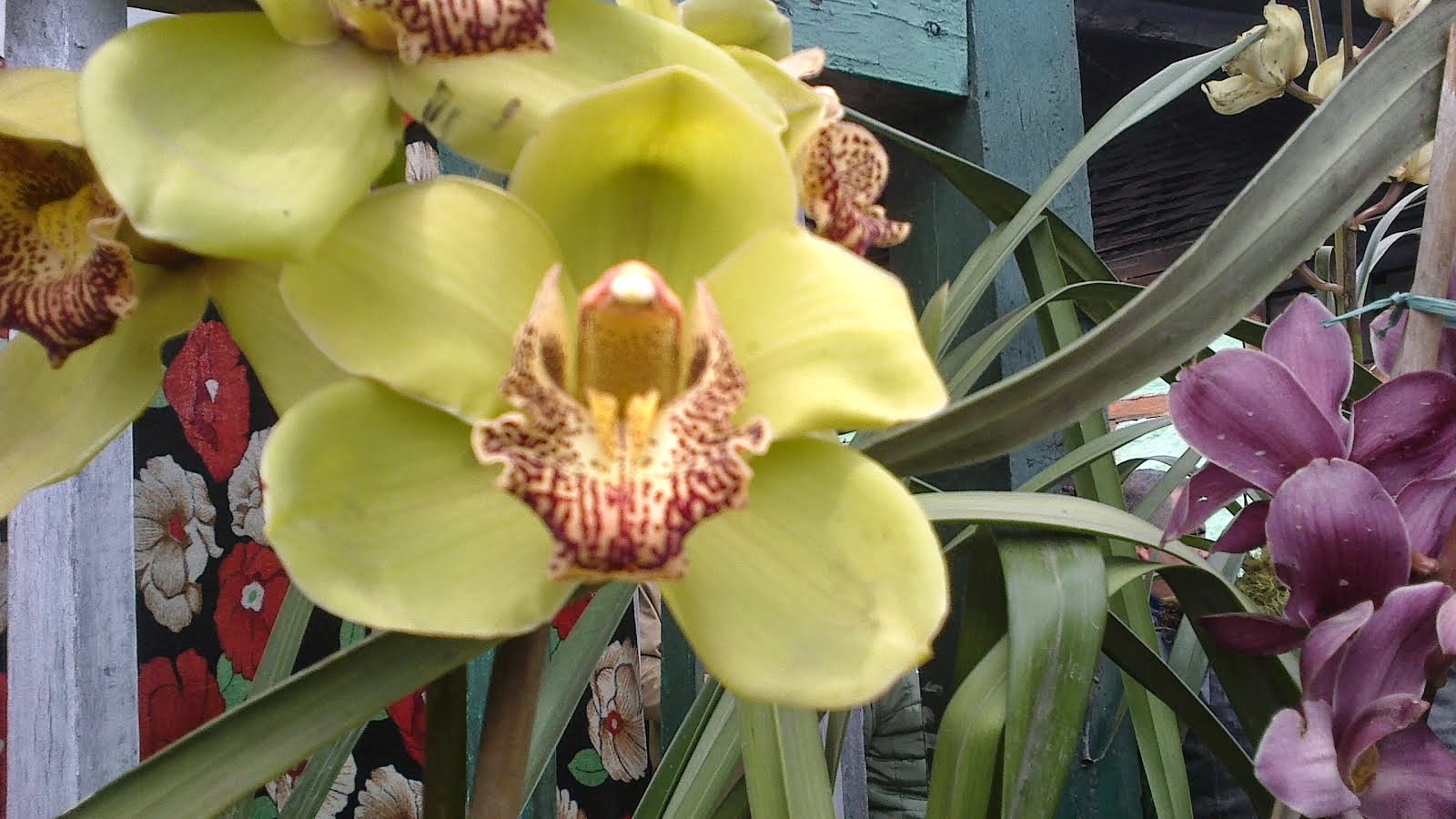
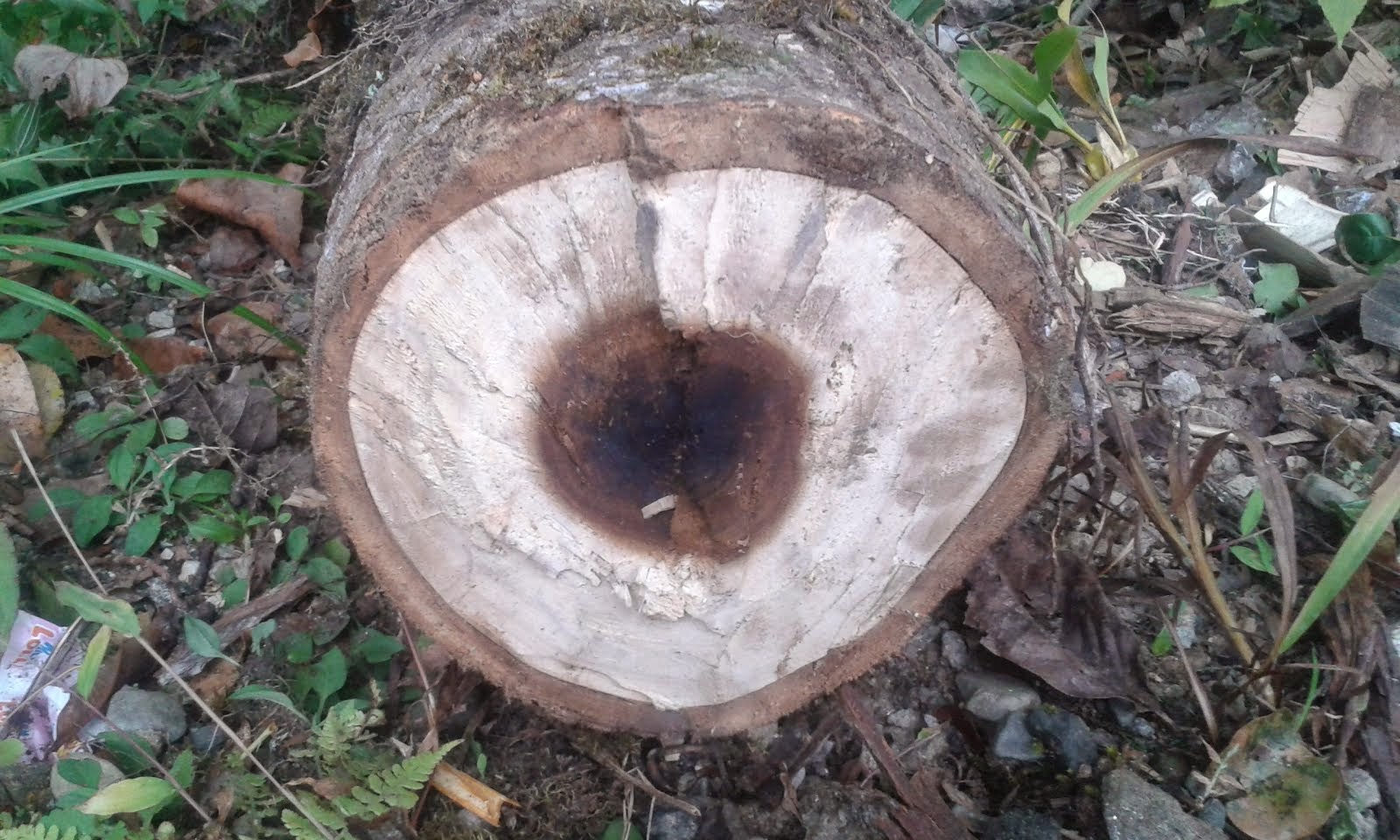
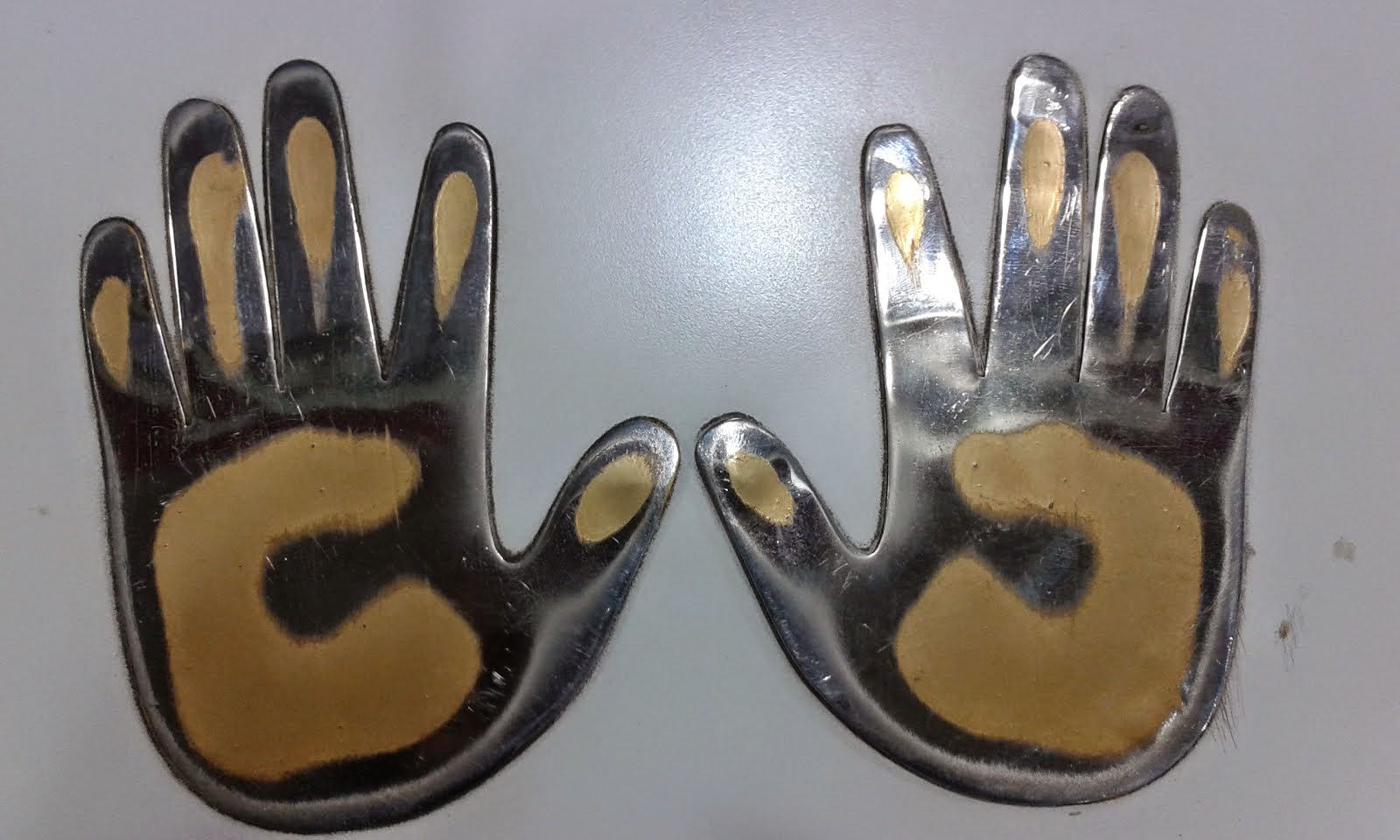
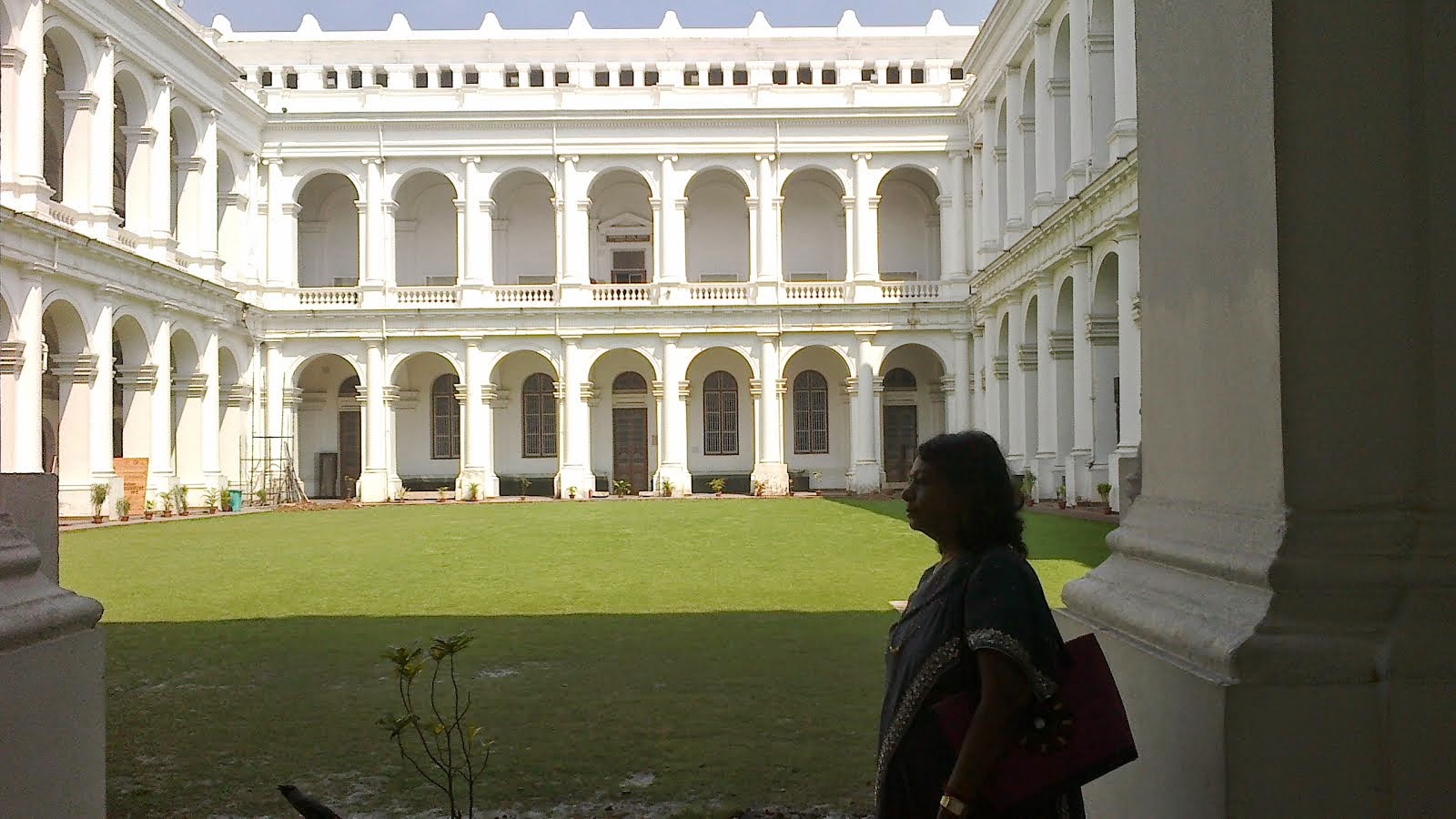

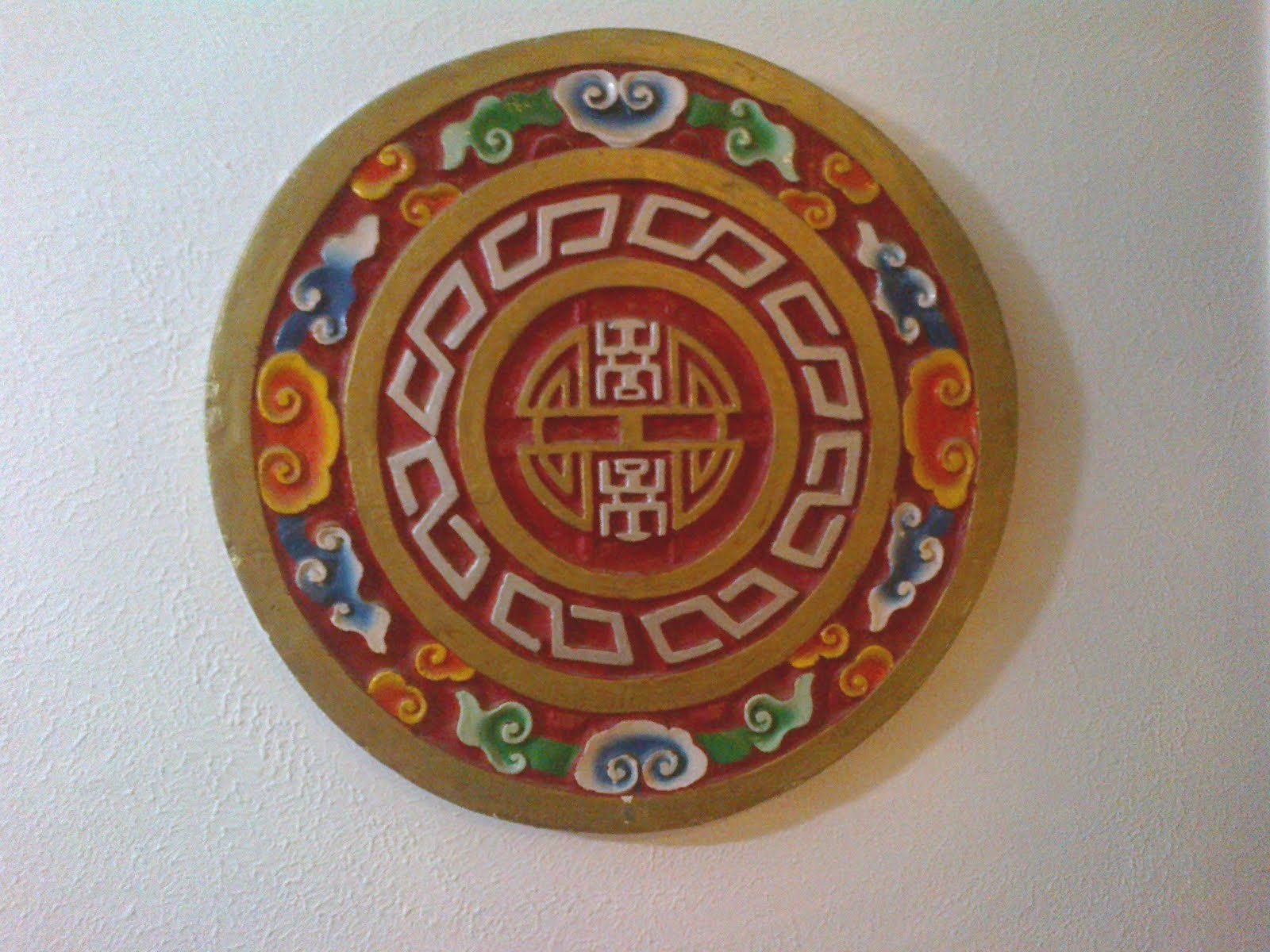




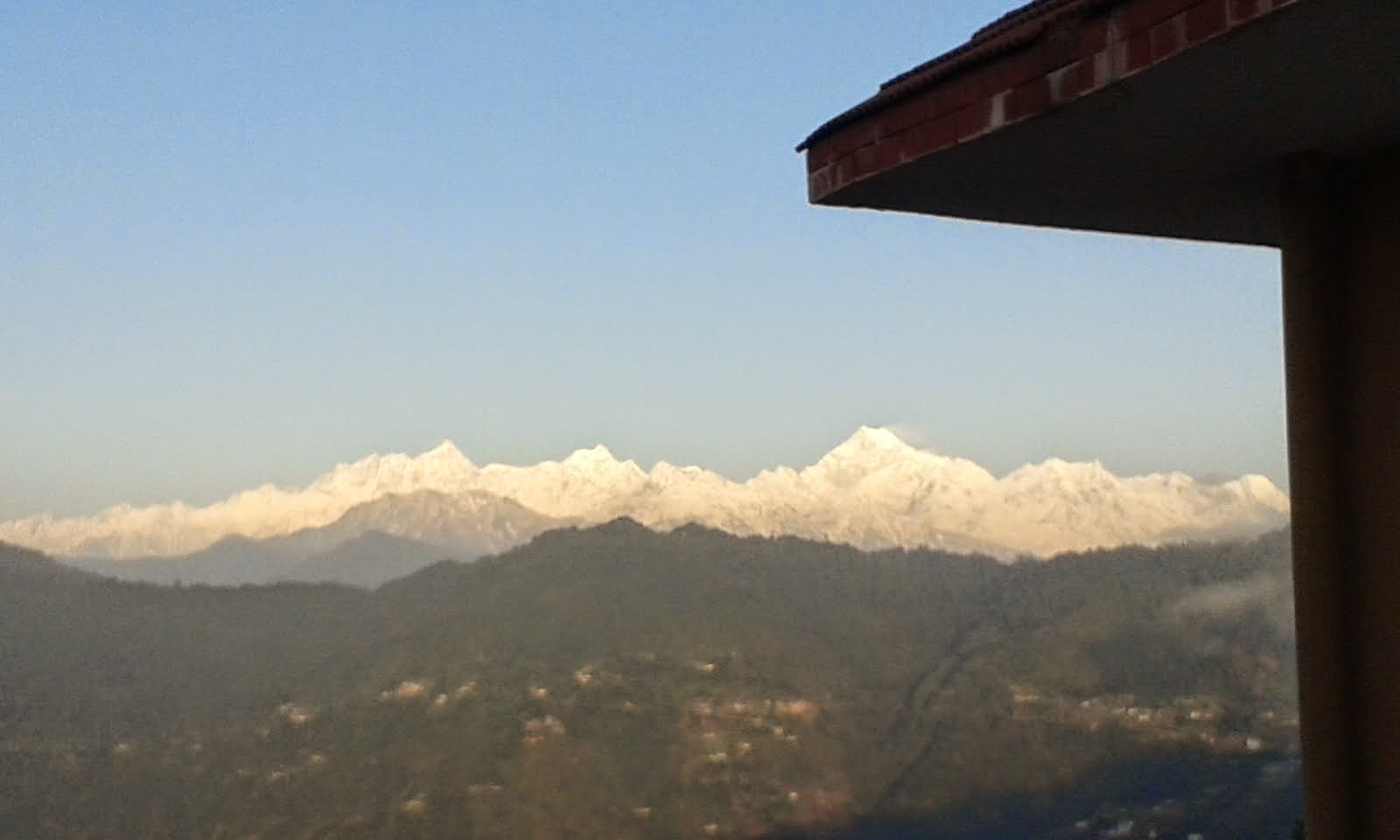

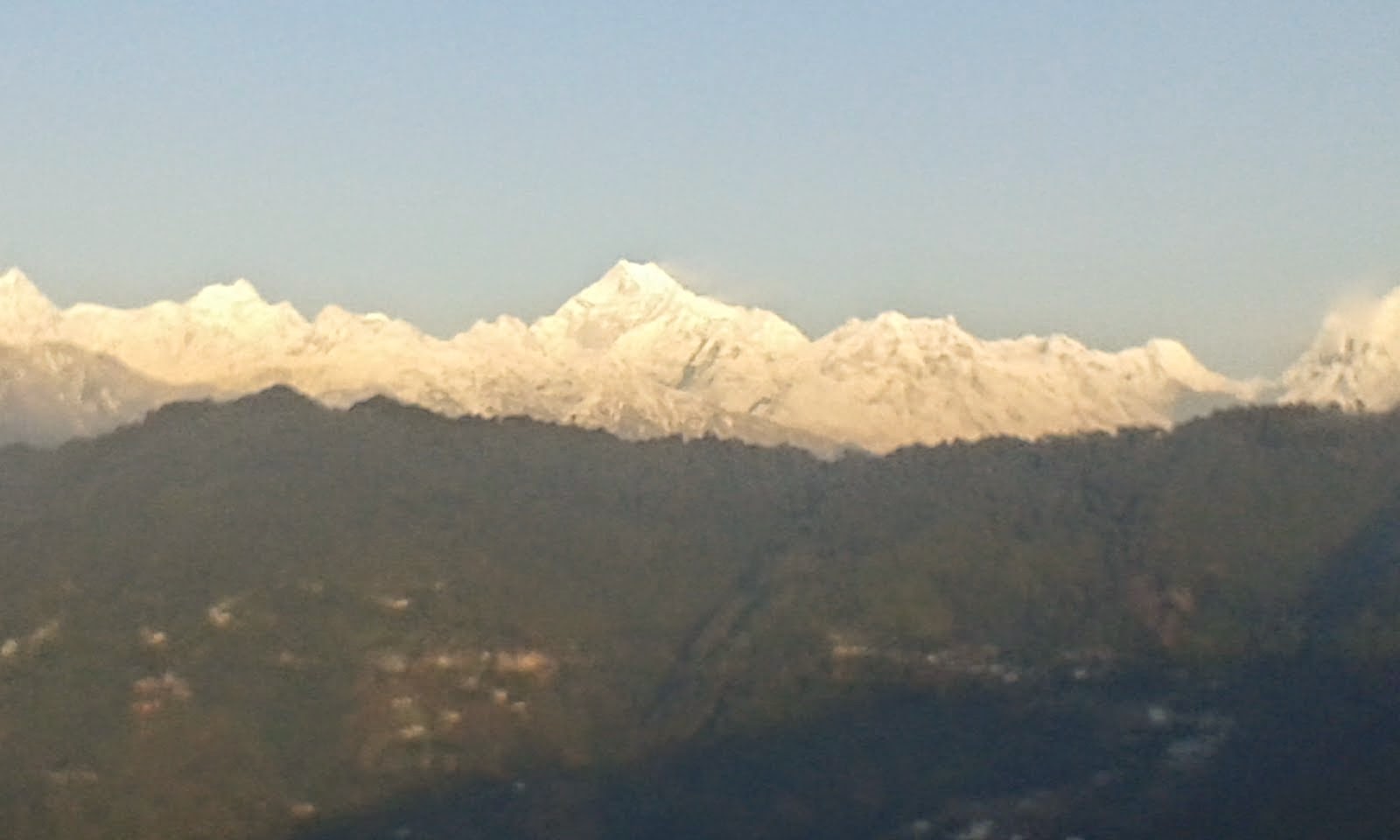
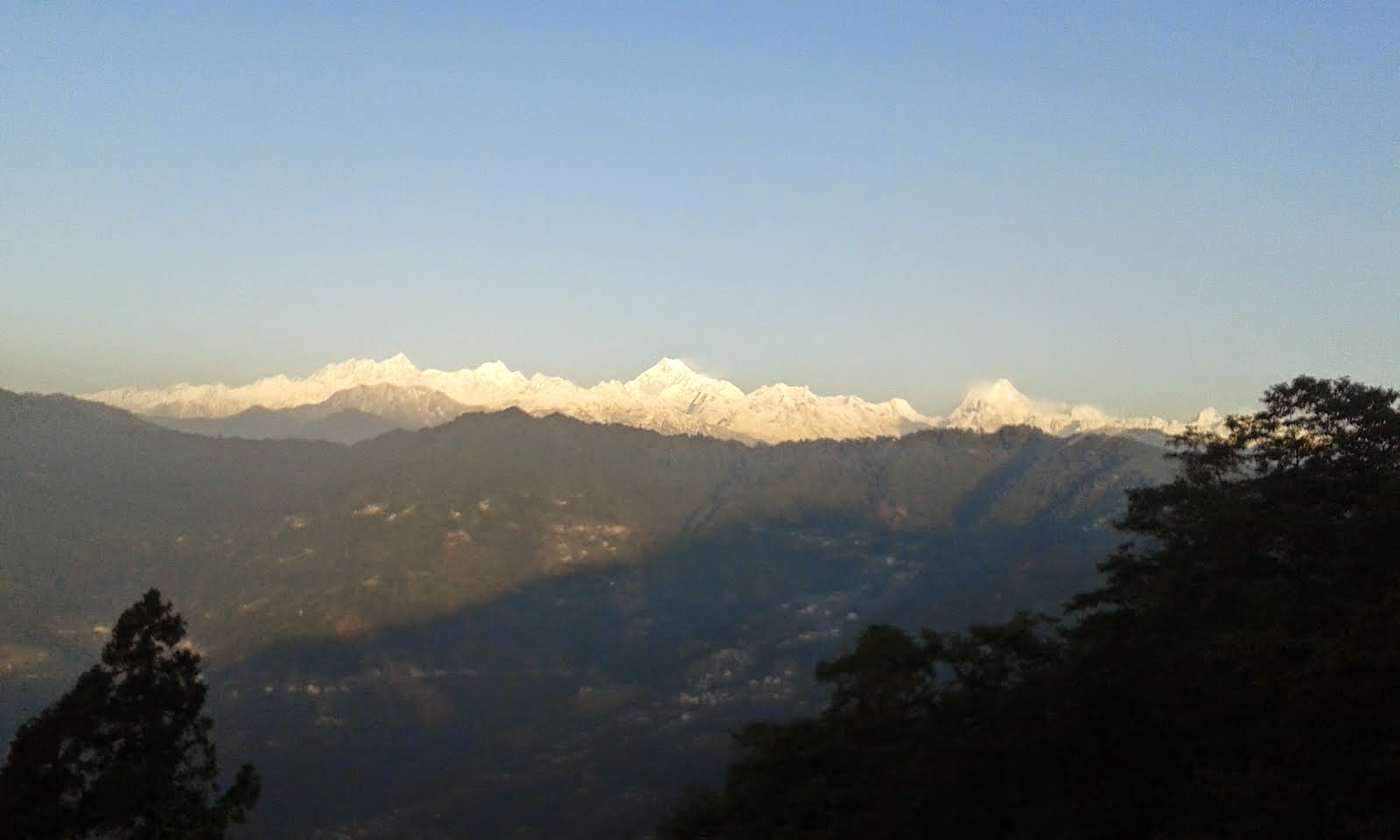
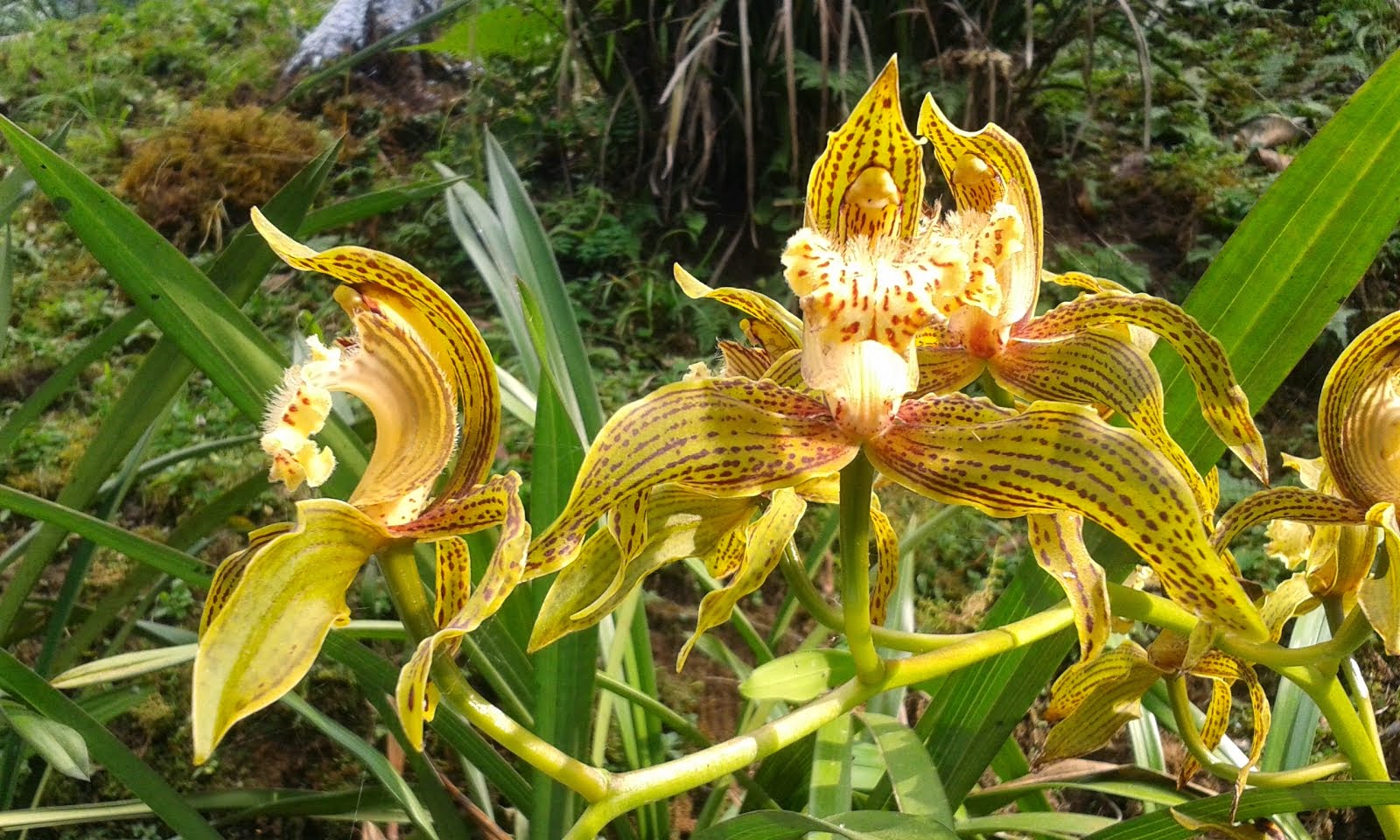
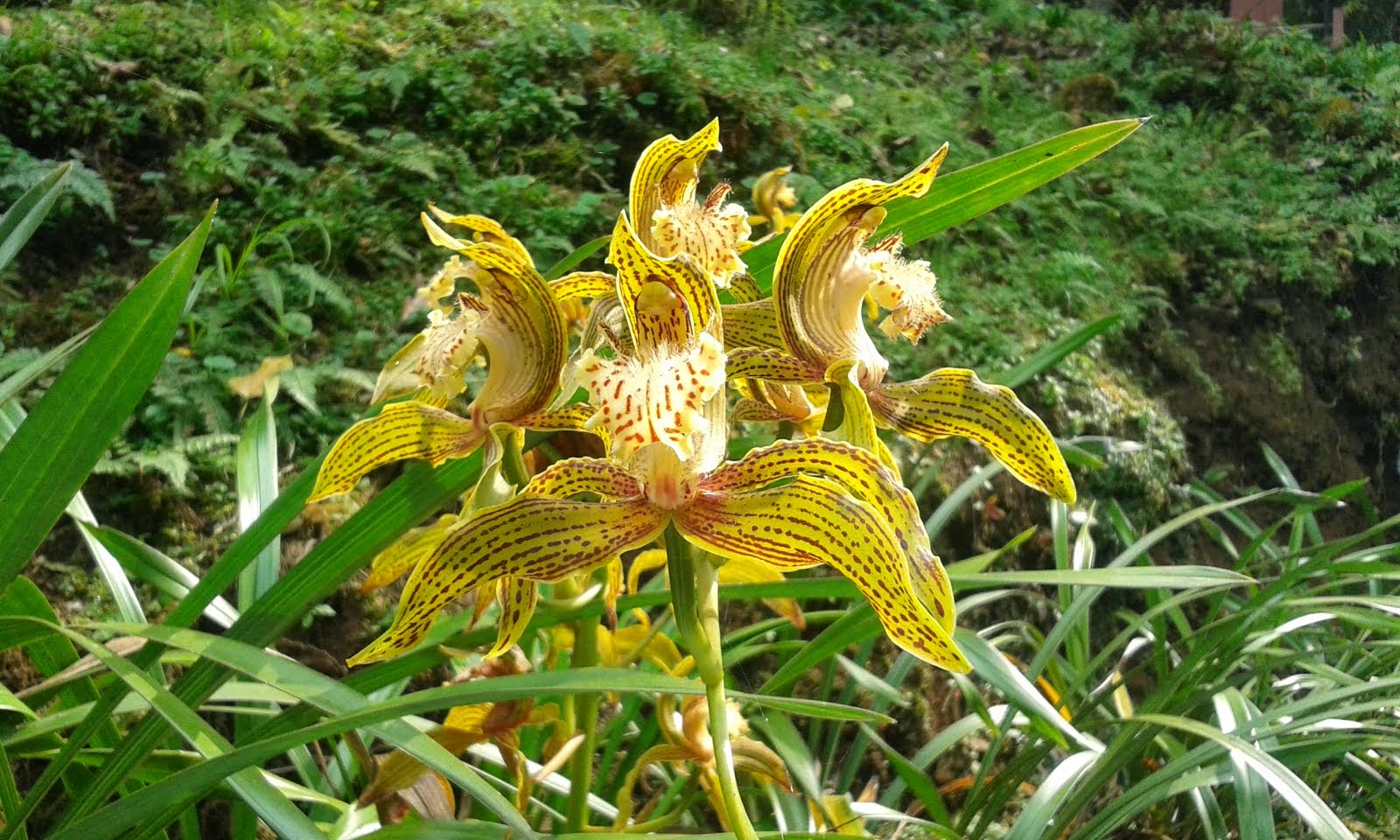

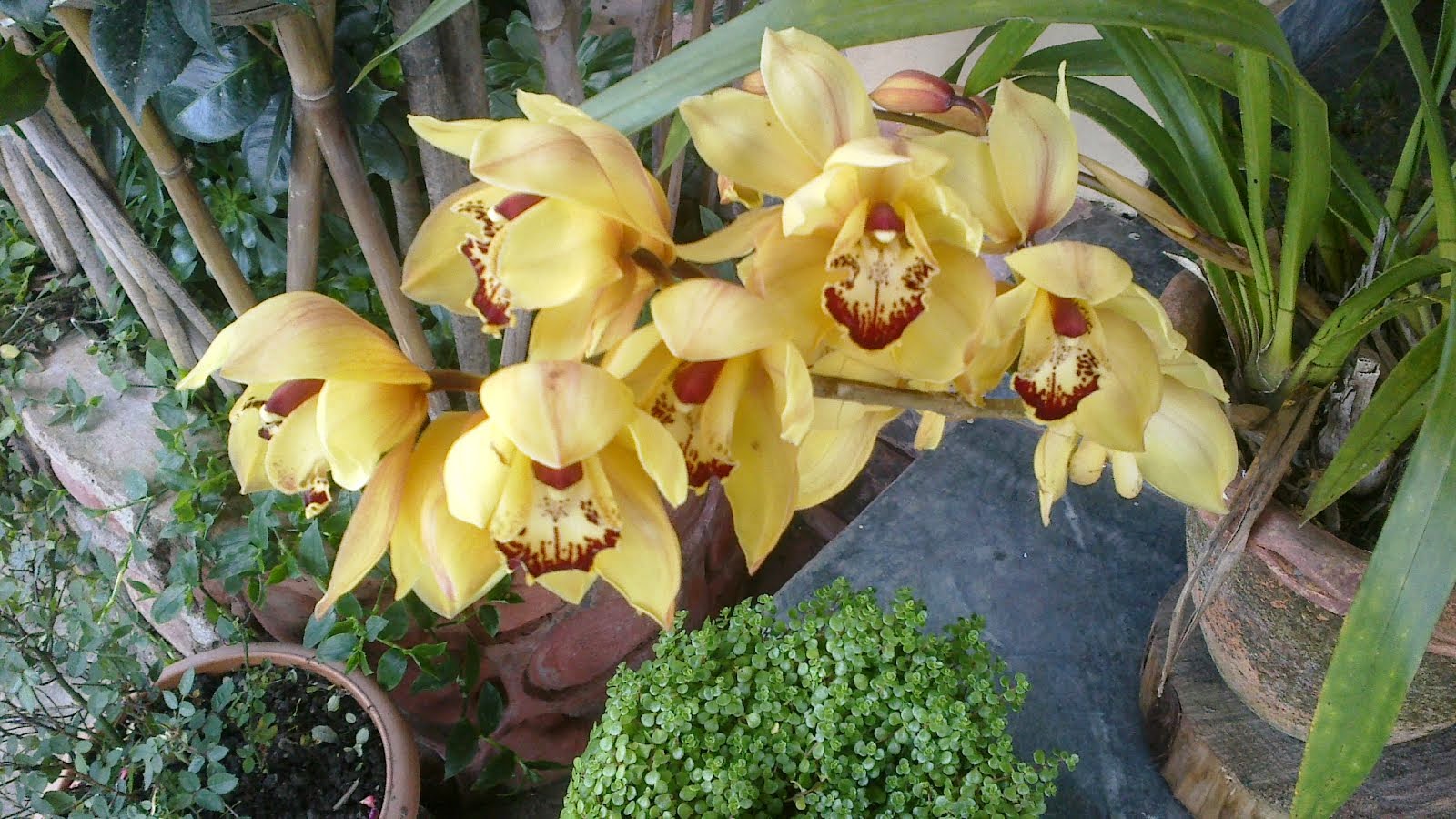

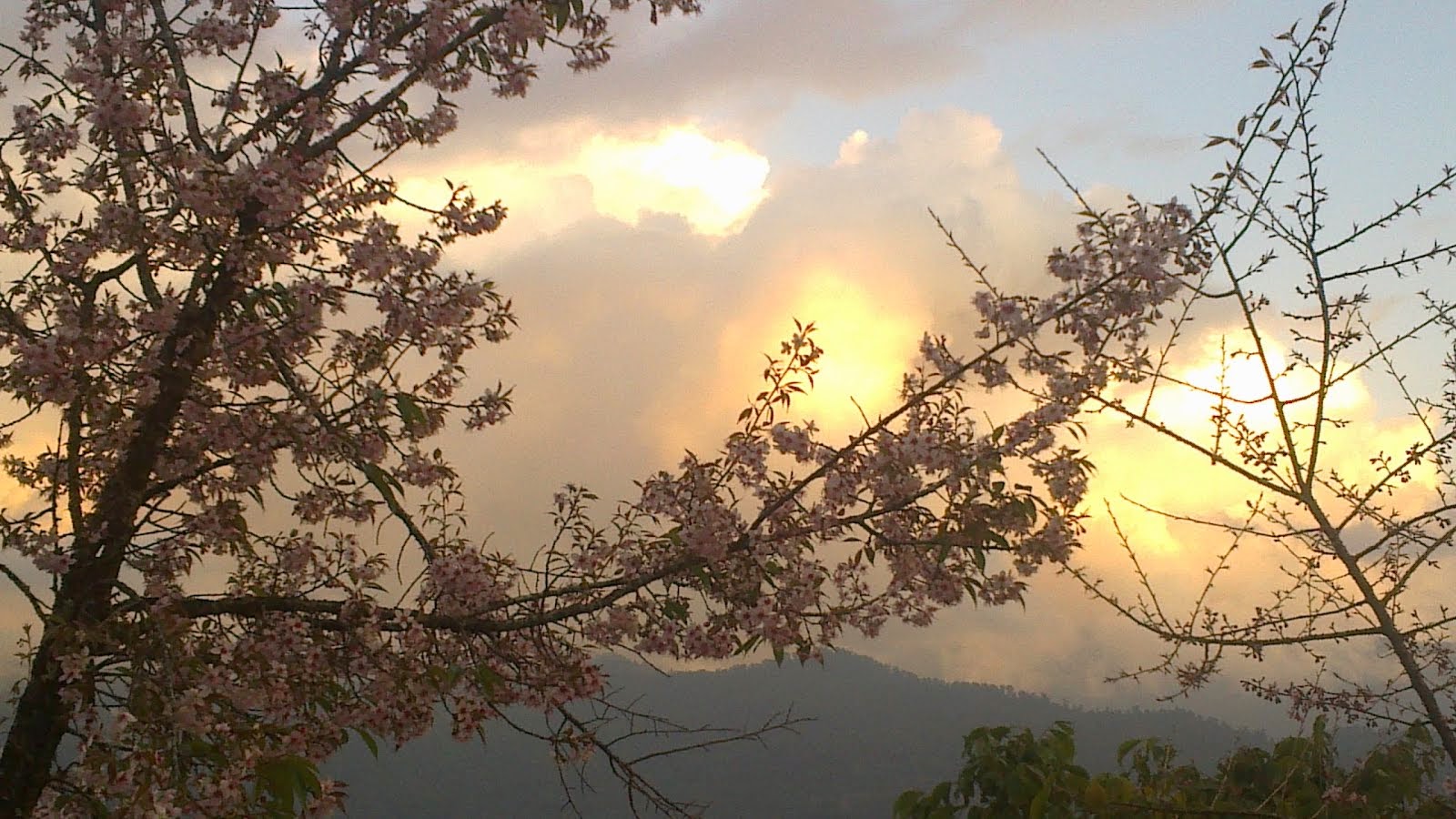
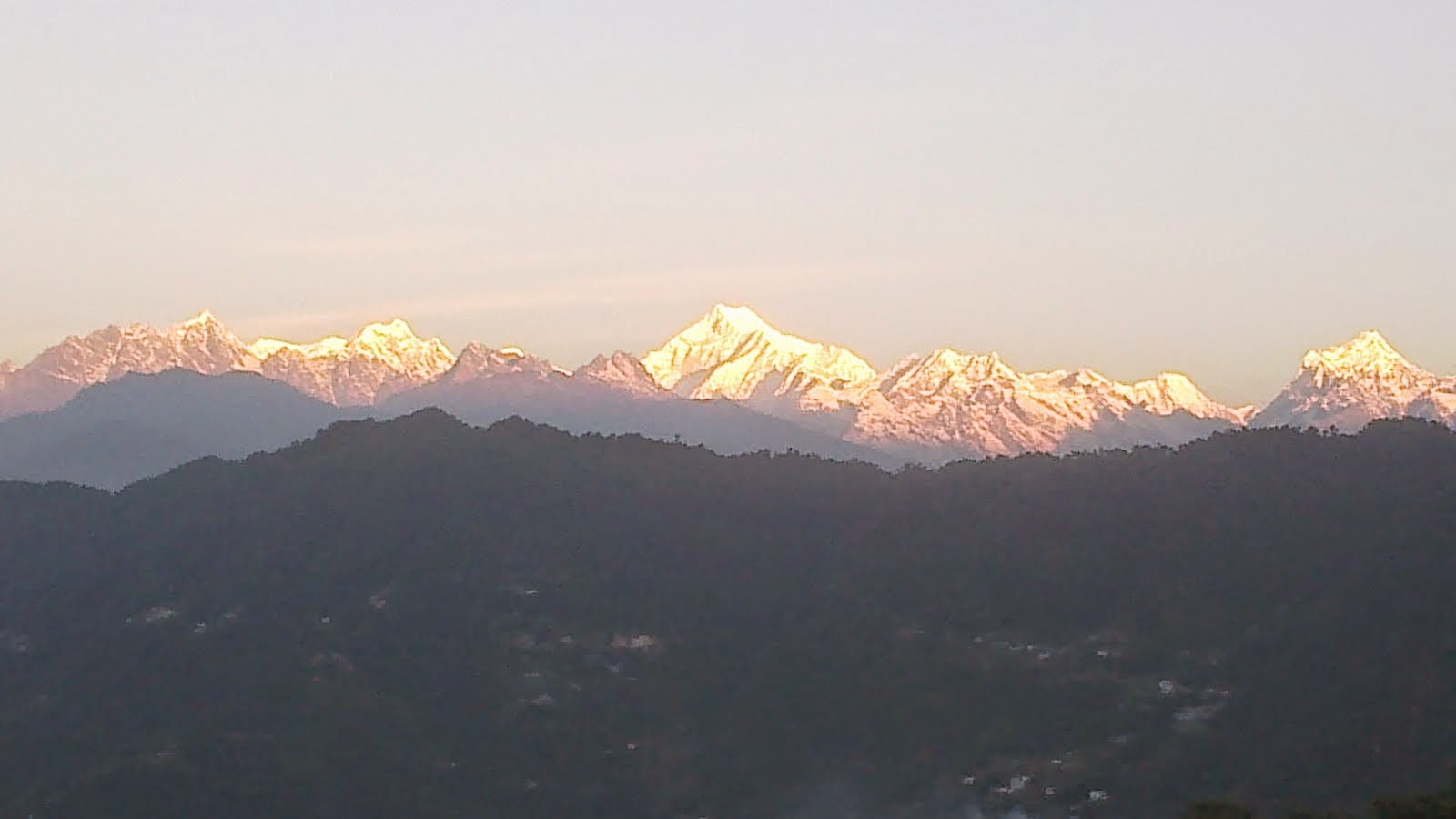
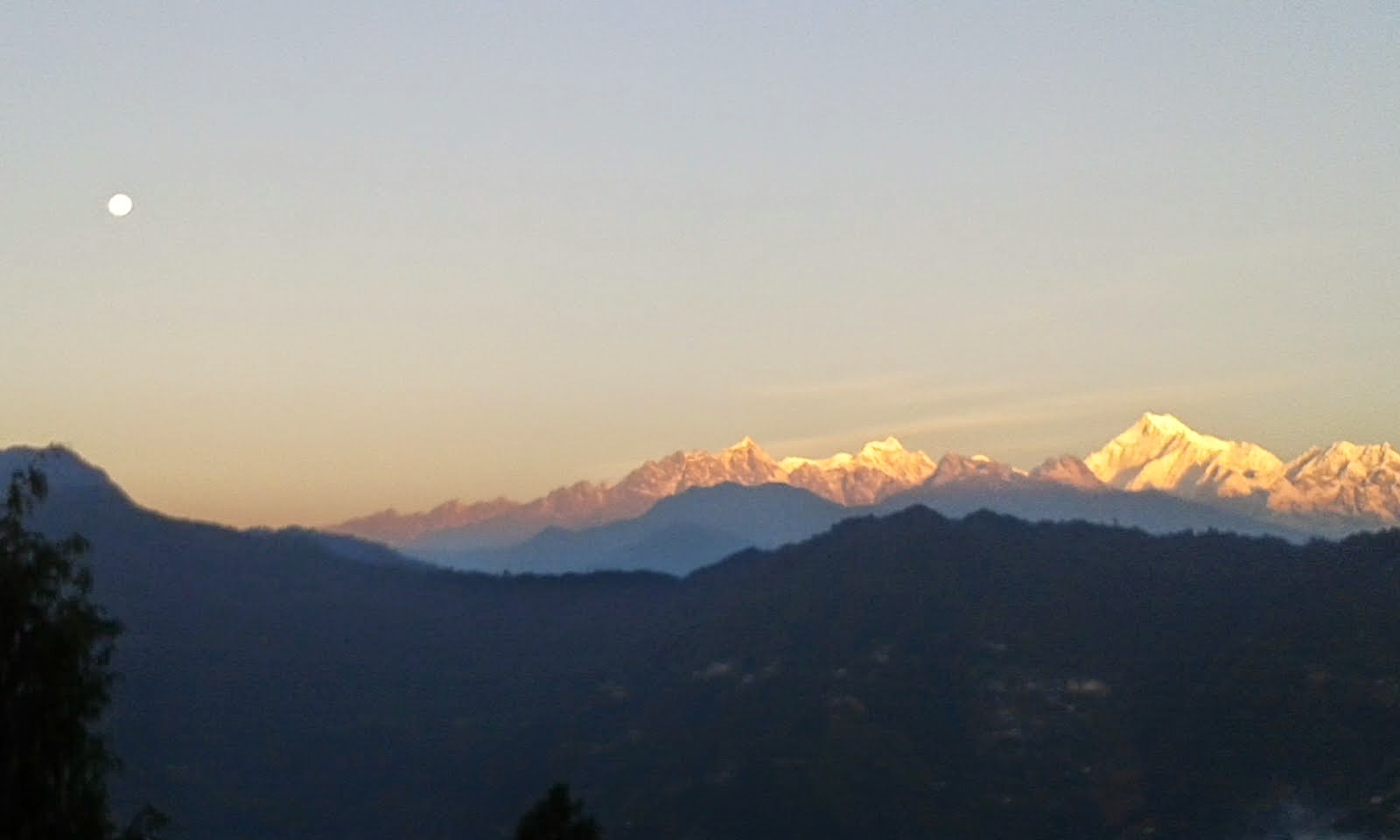
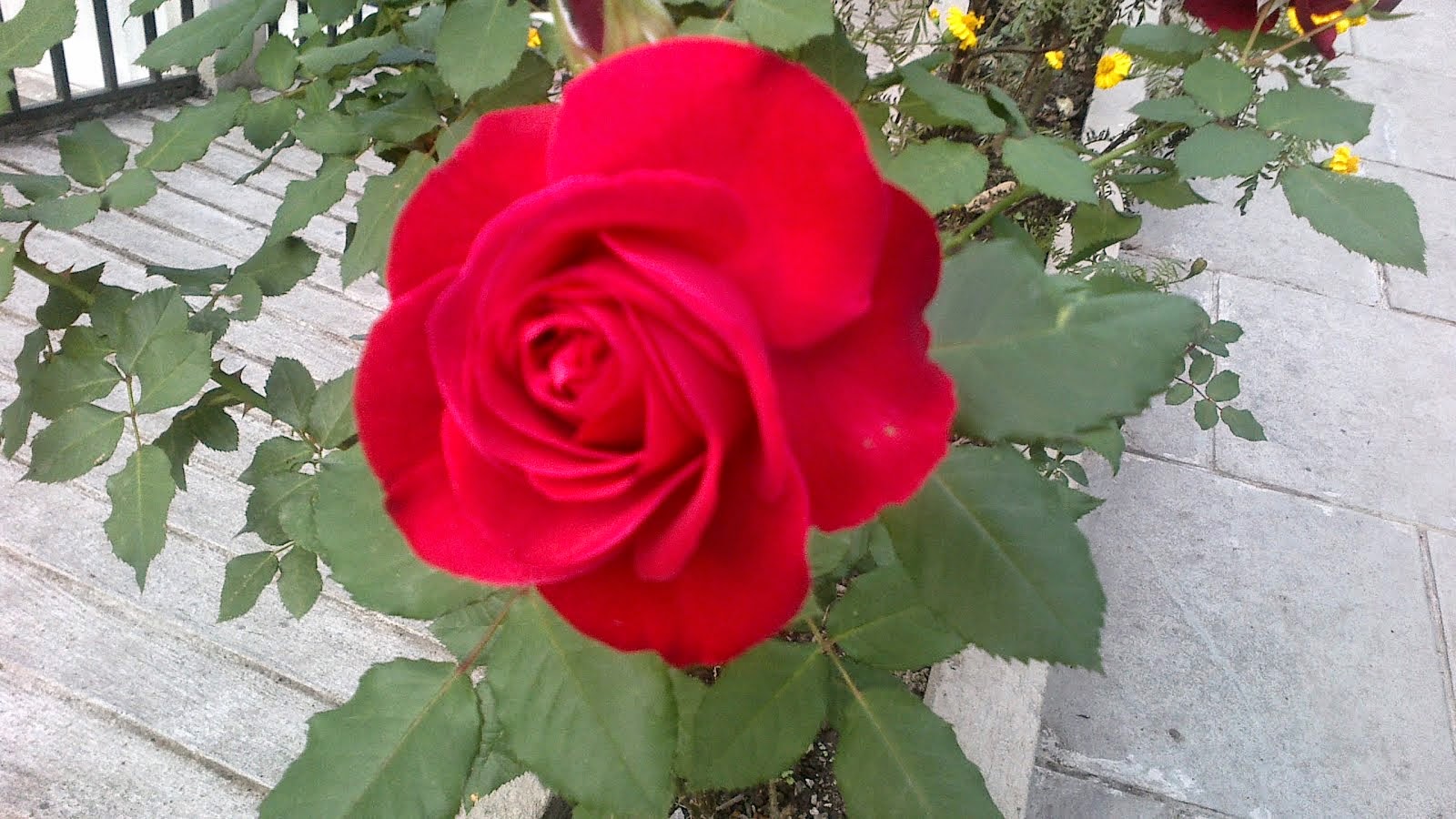

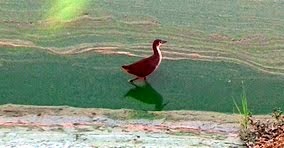
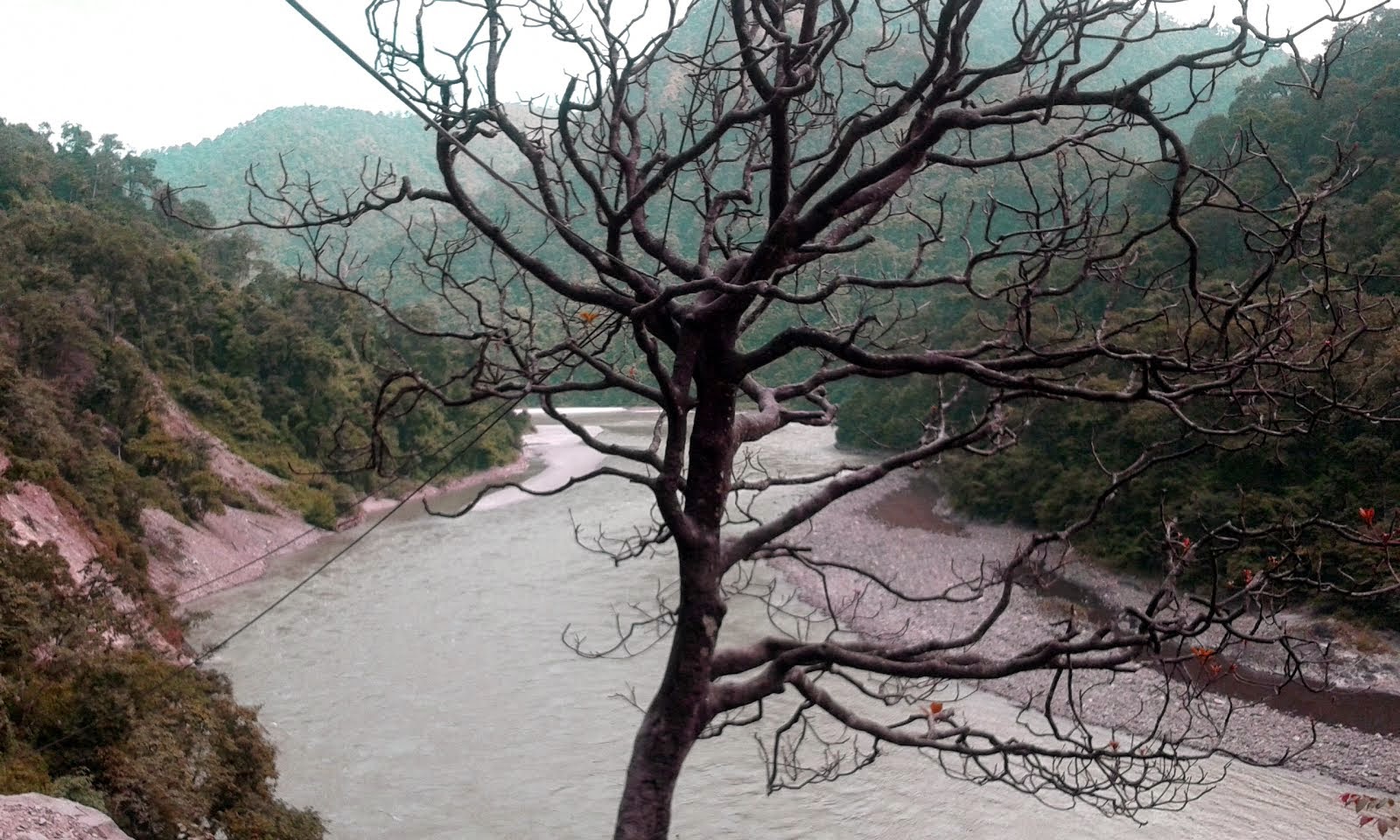

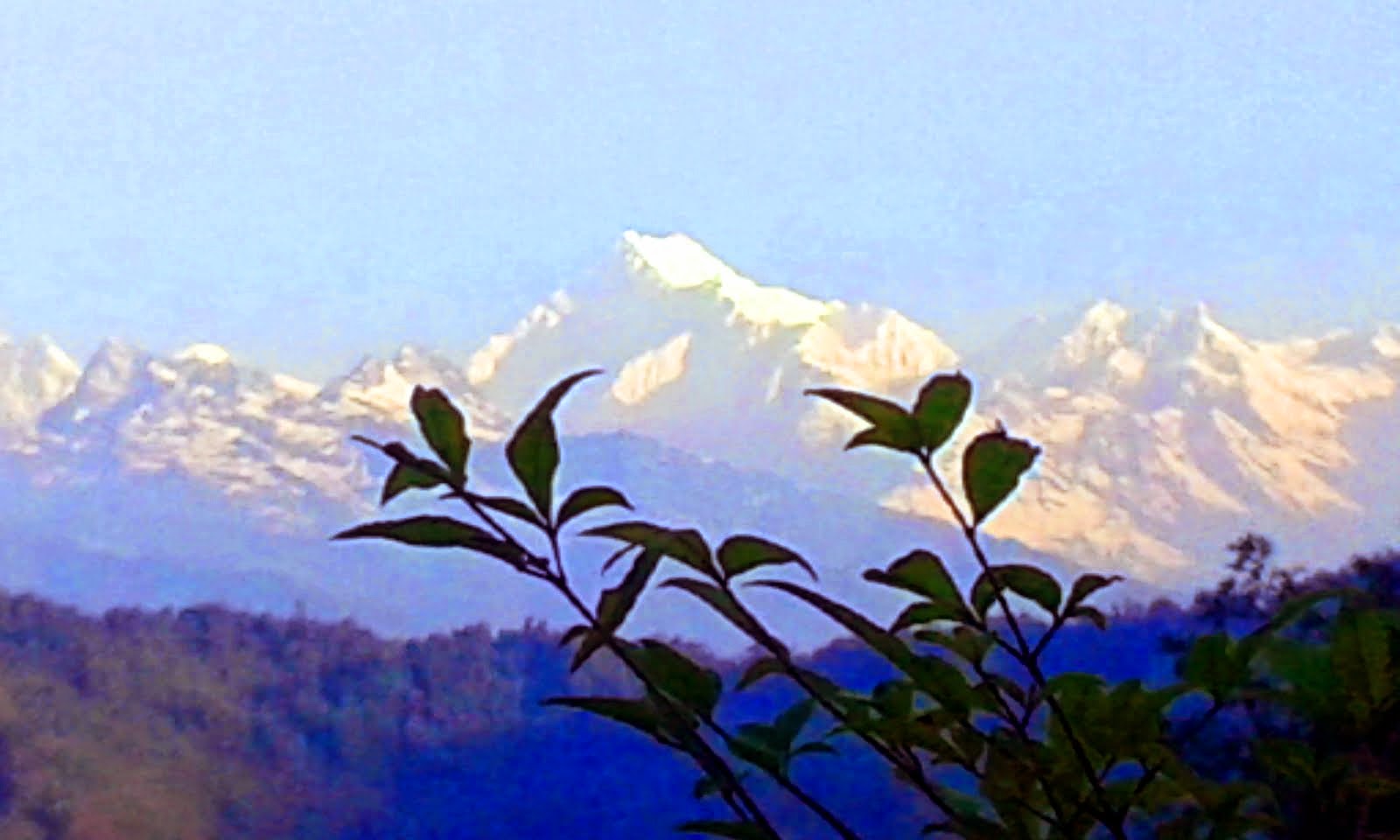
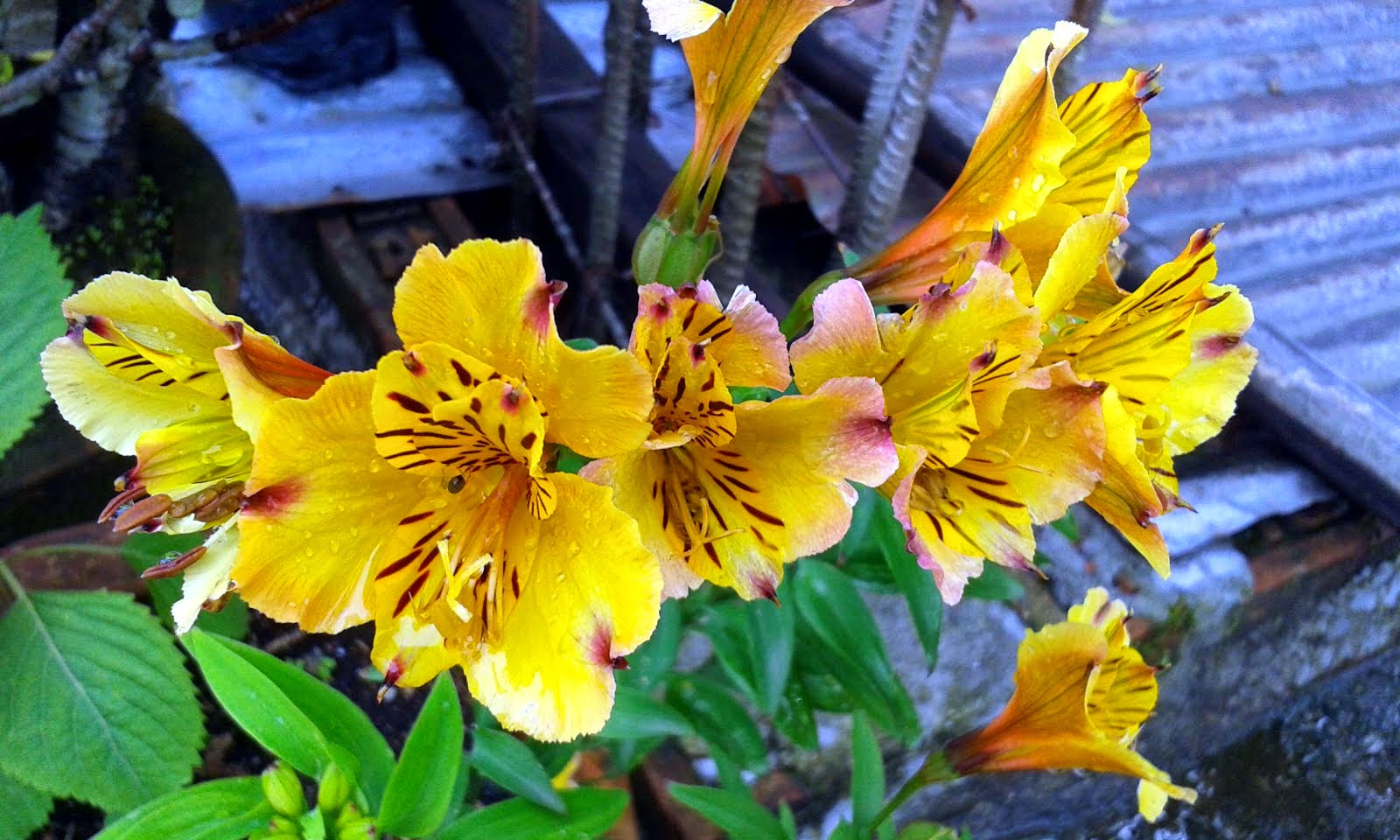
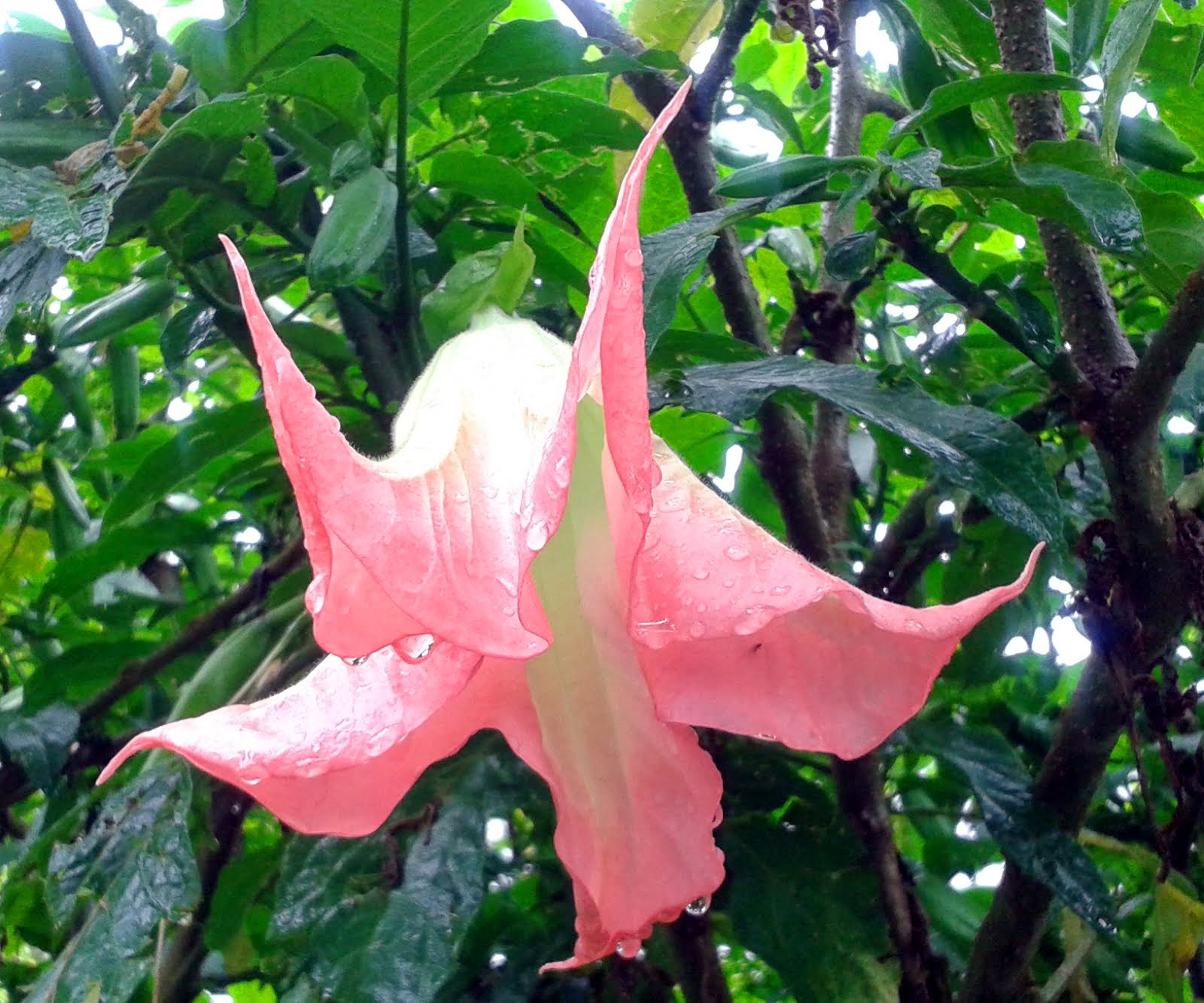
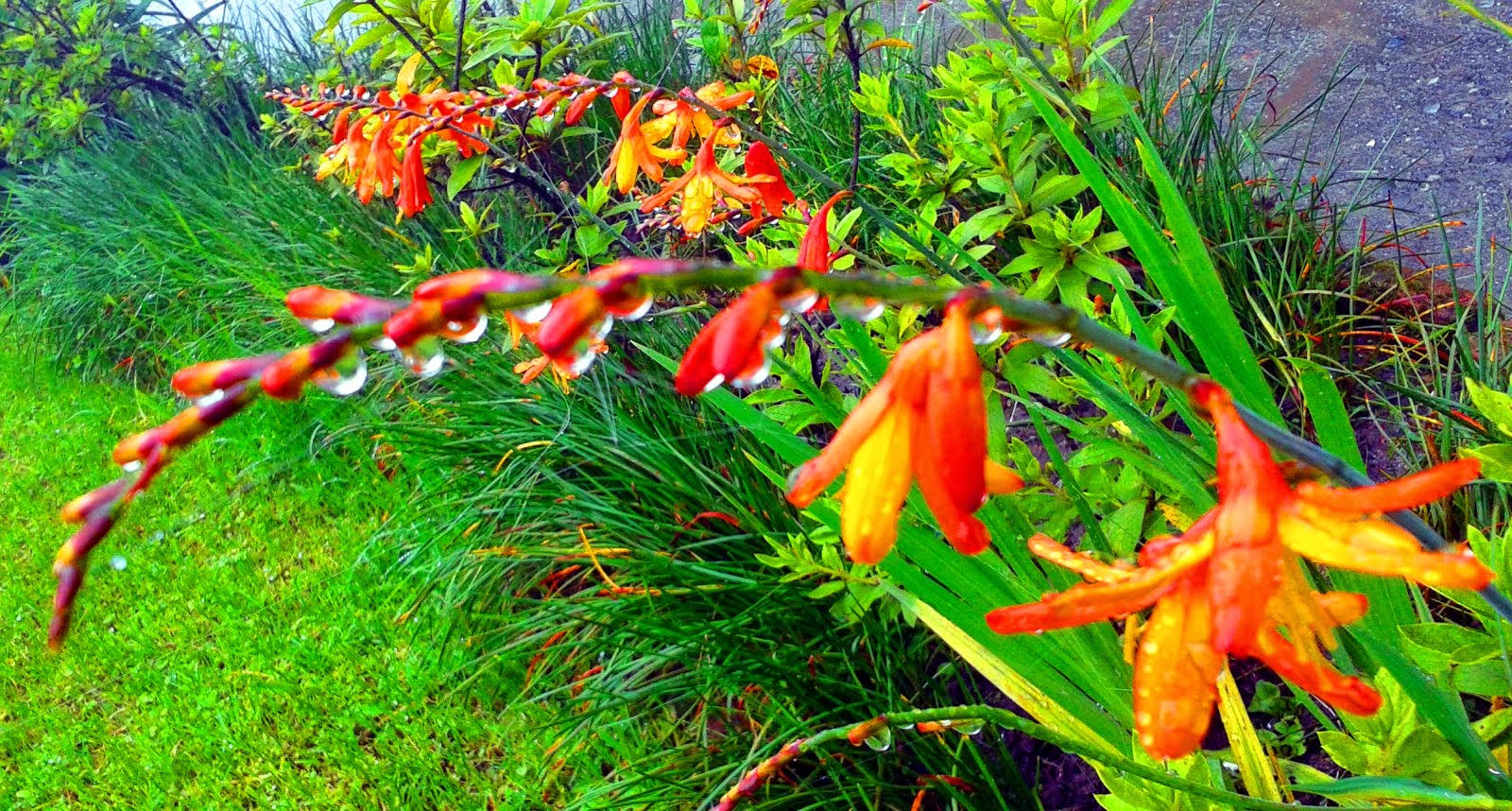



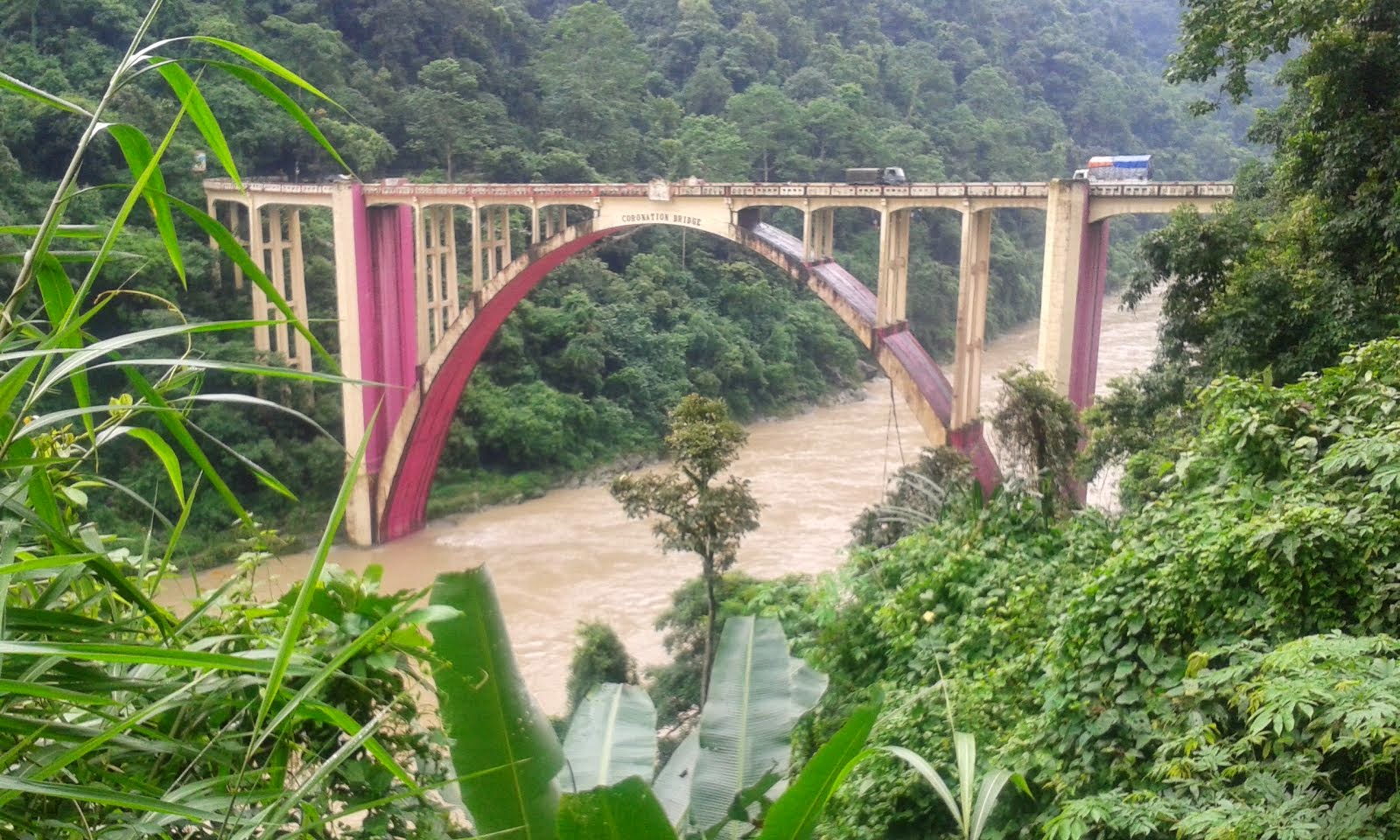
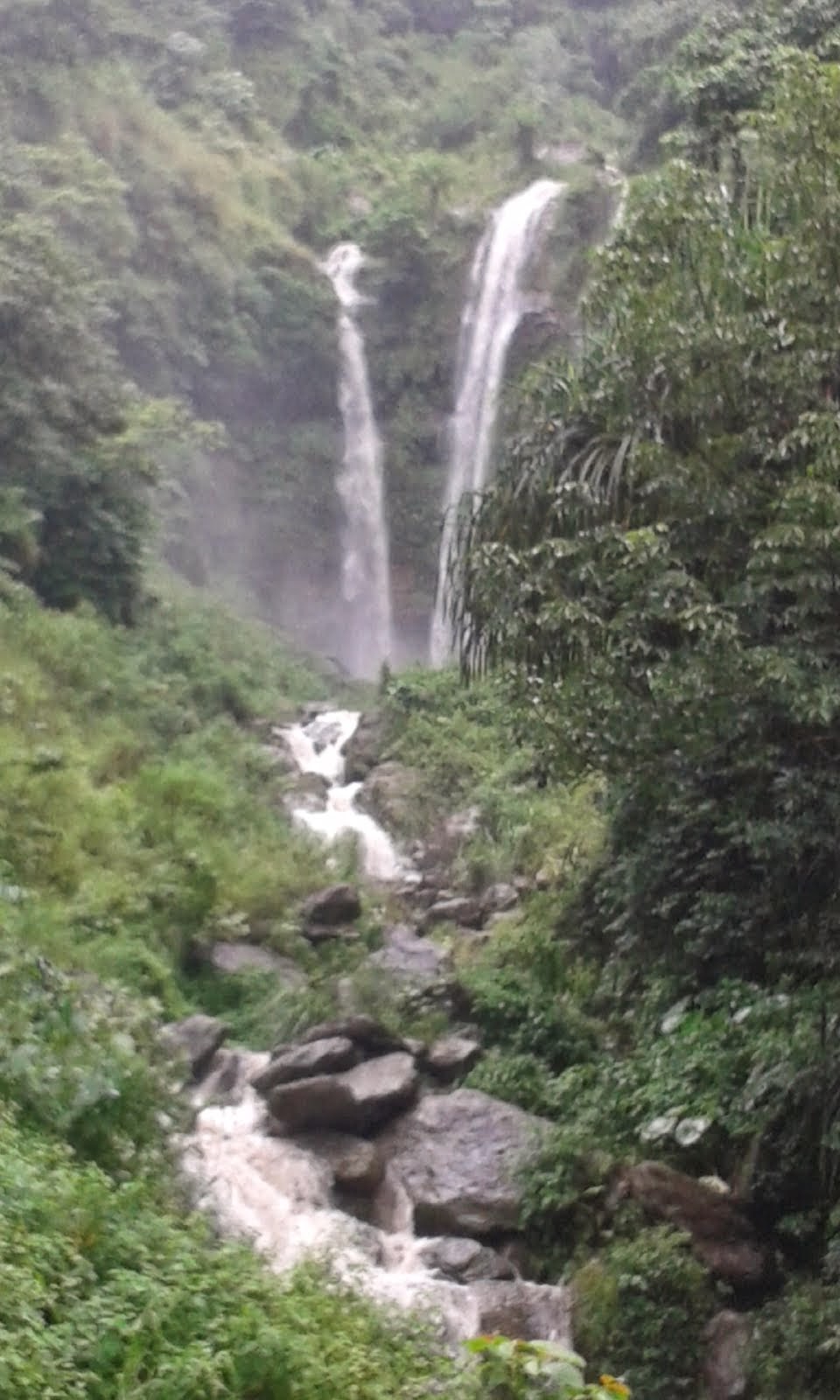
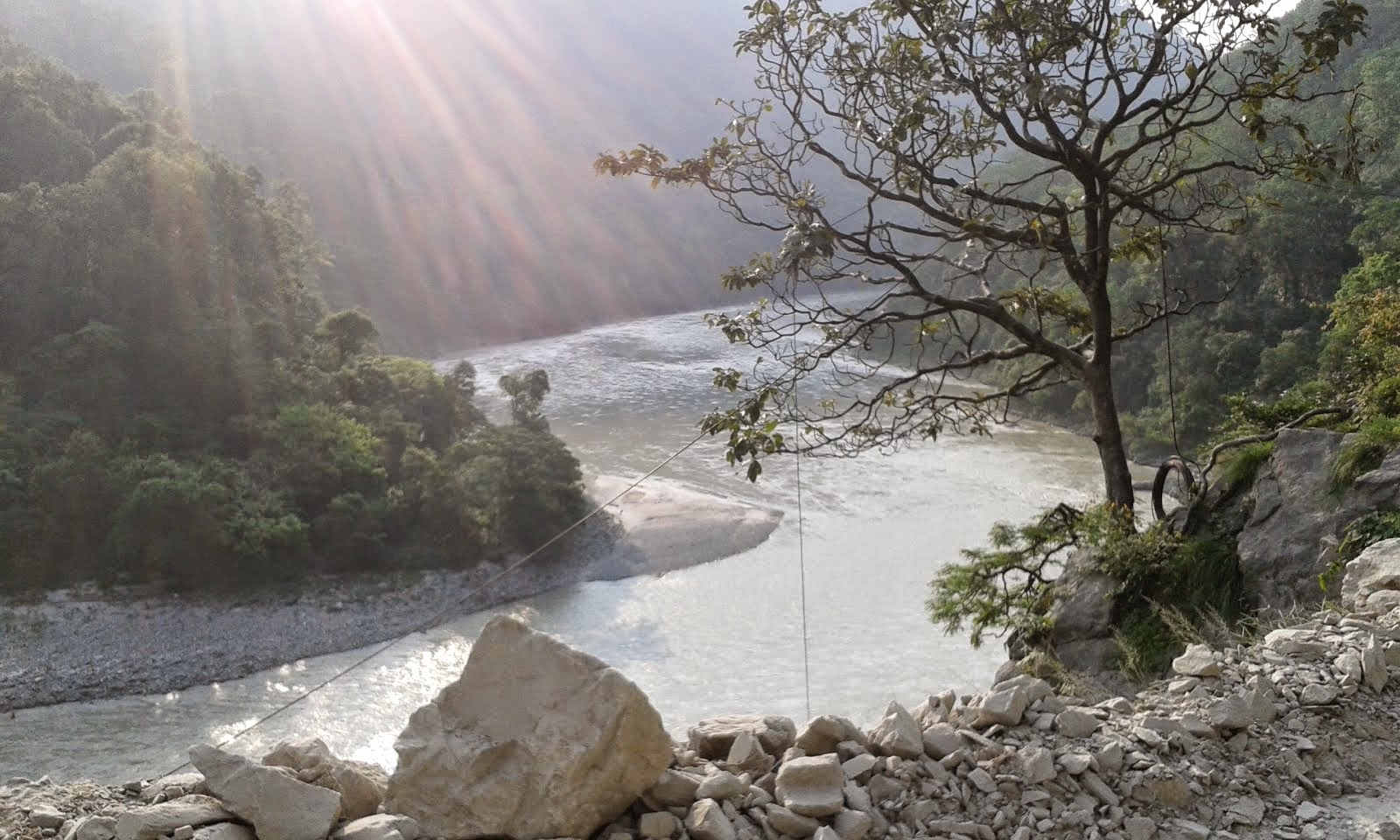
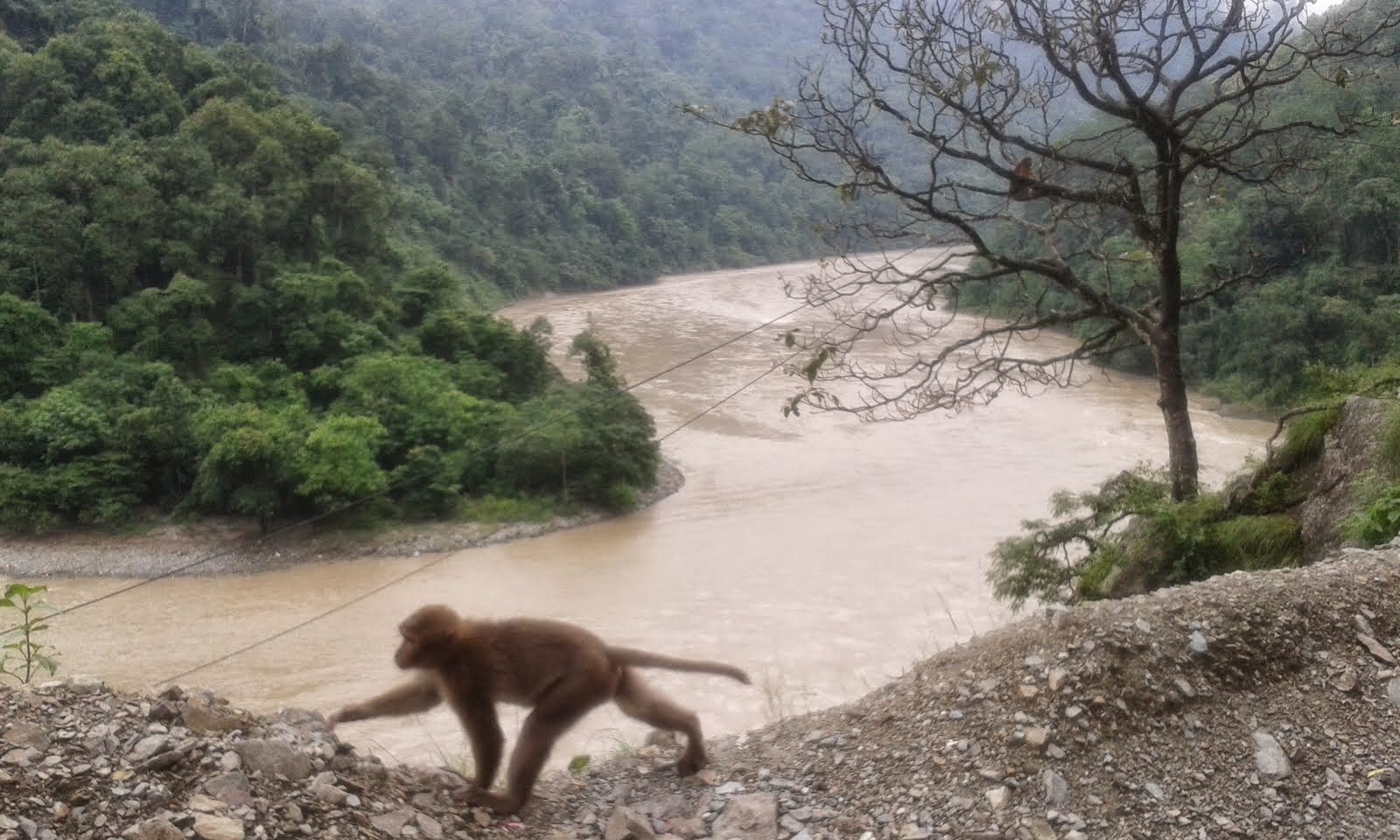




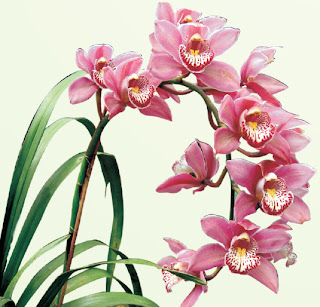














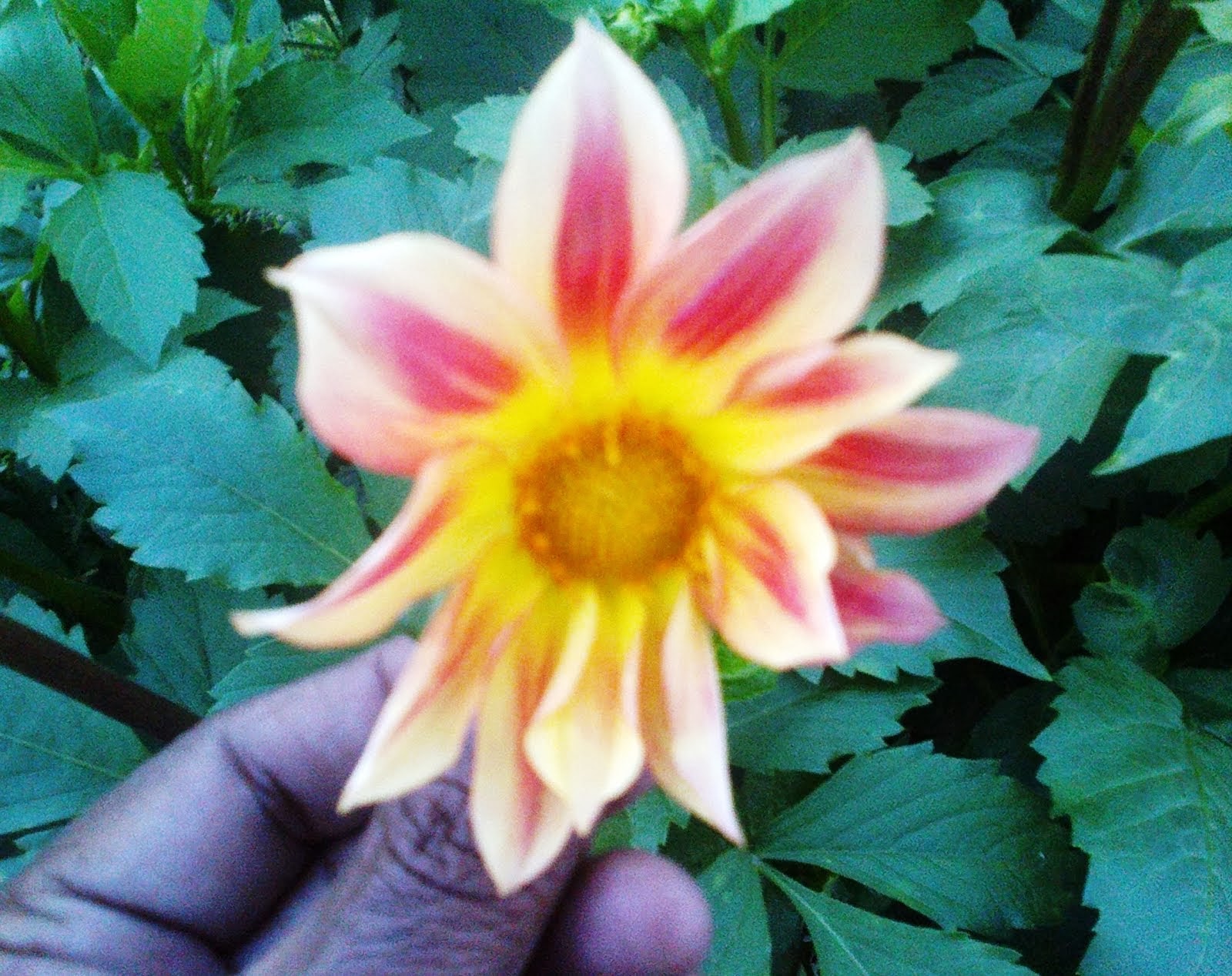
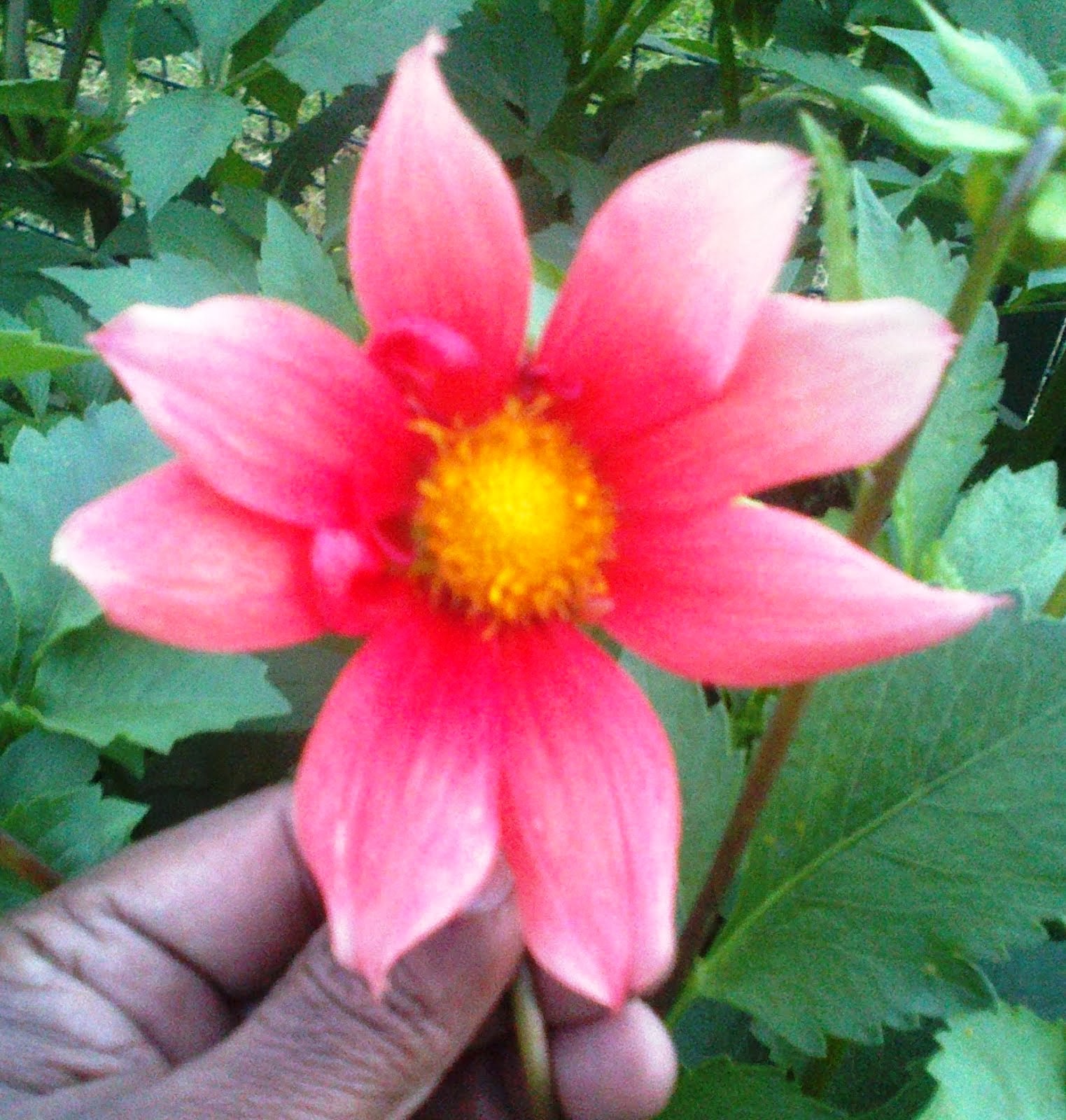

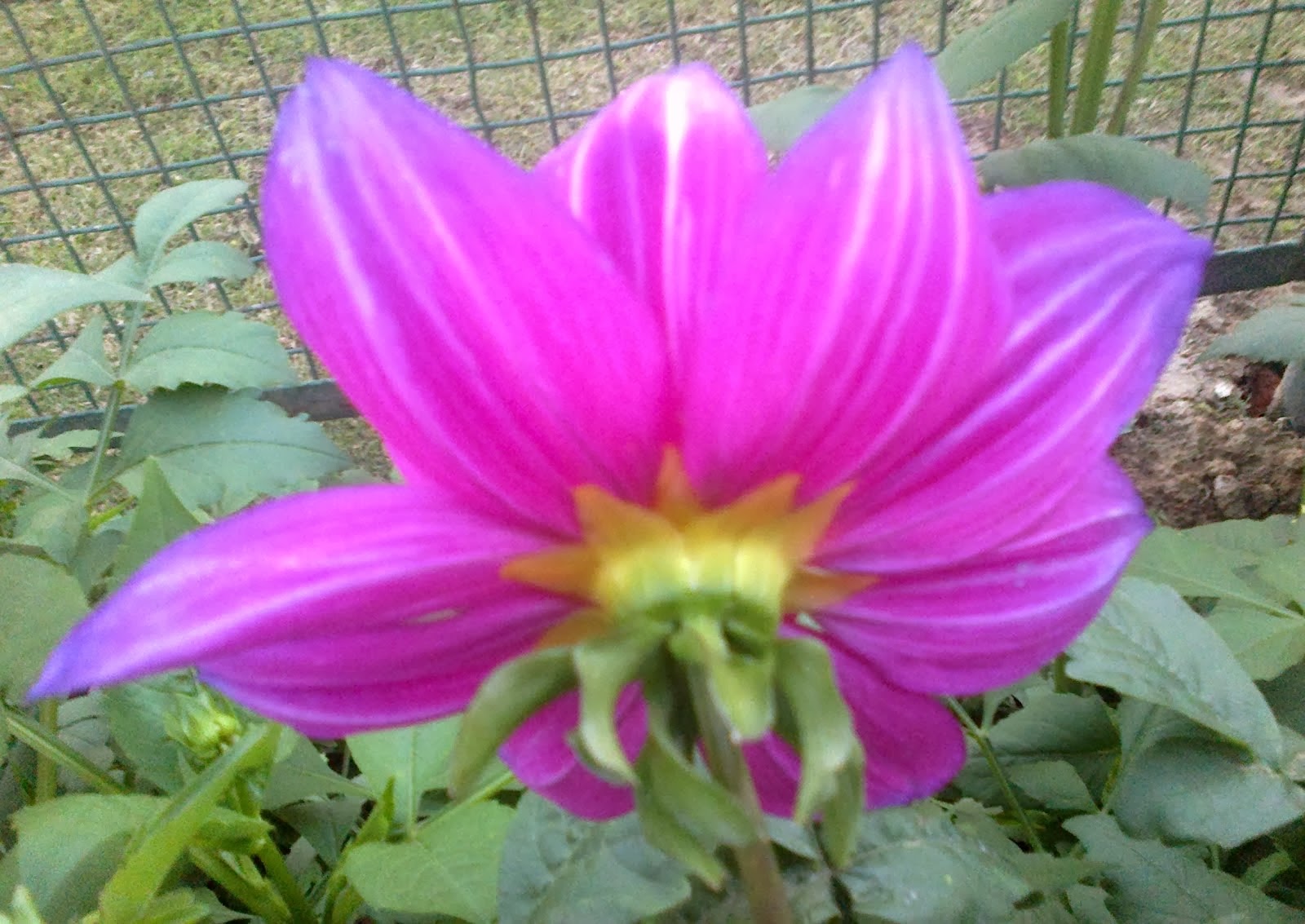

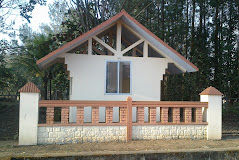















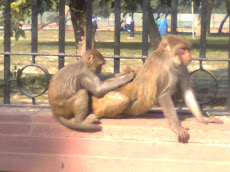
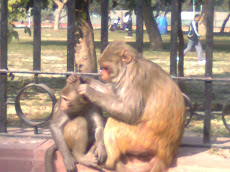

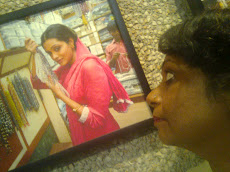
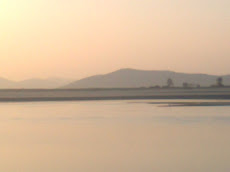
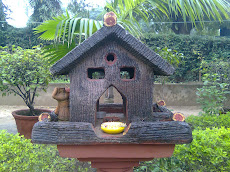

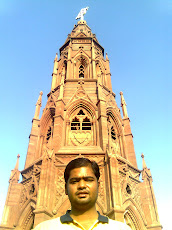
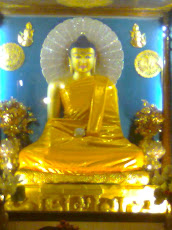
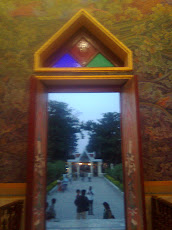
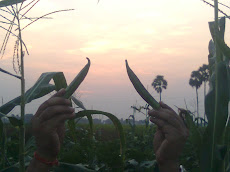
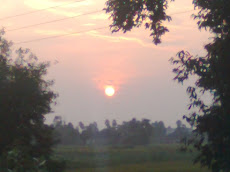
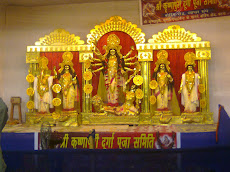
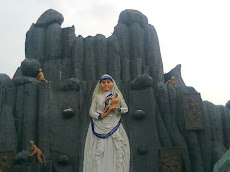
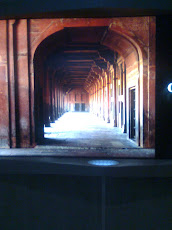
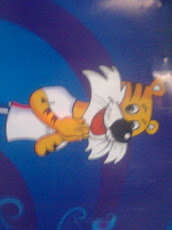

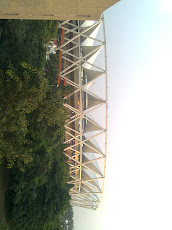

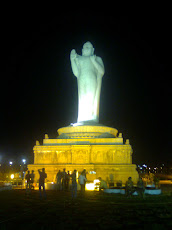
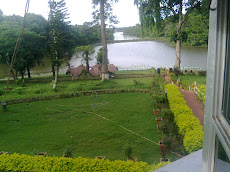
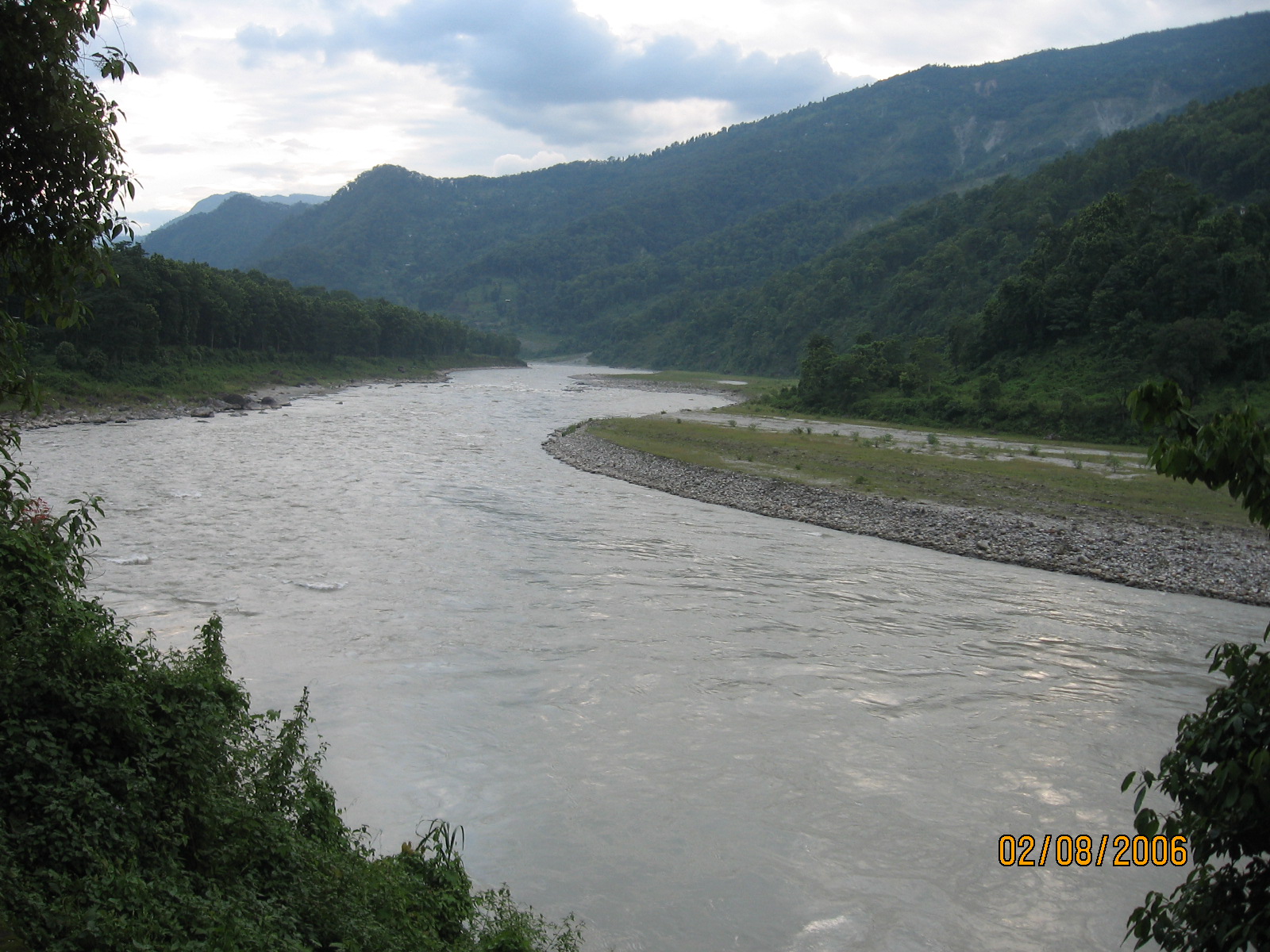


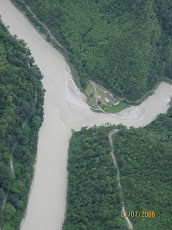

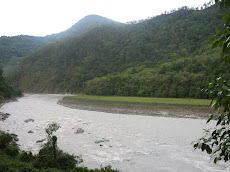


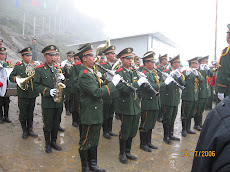


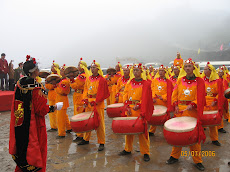
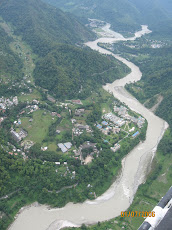
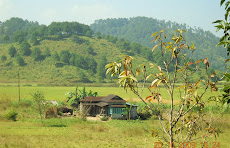
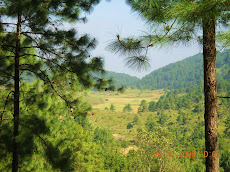
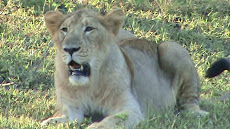.jpg)


